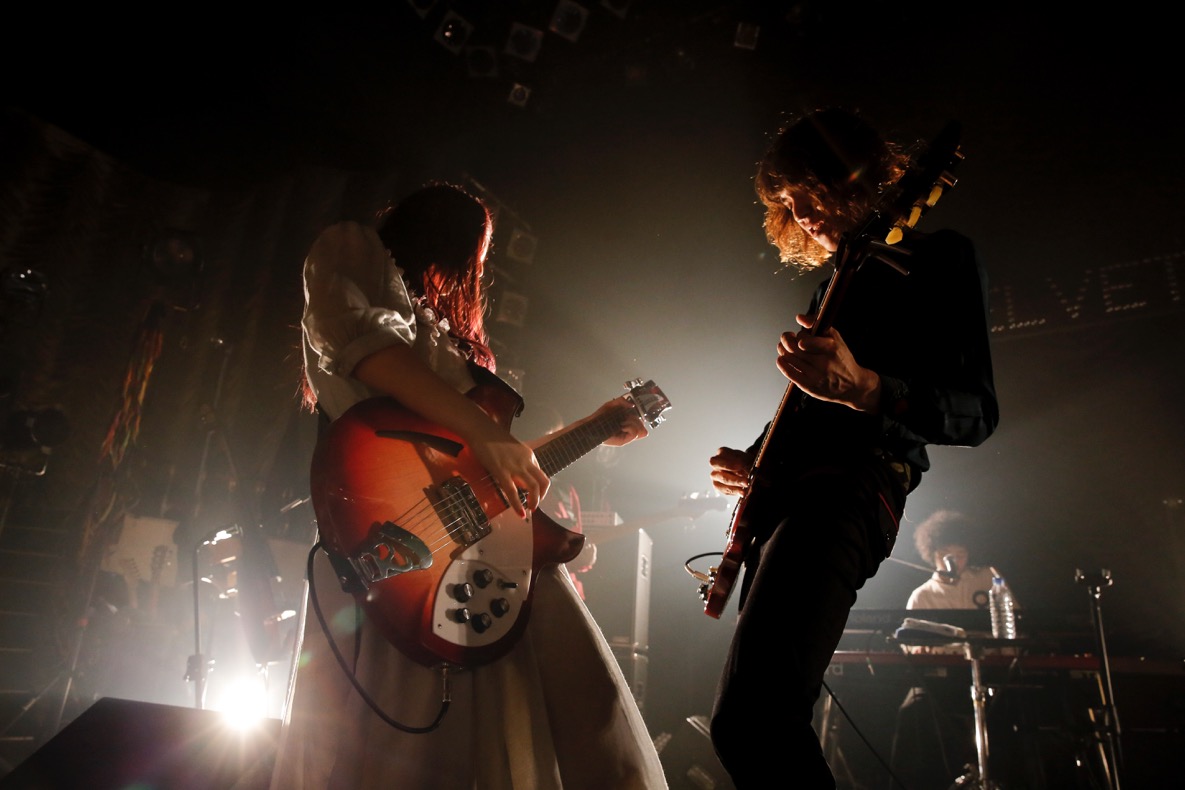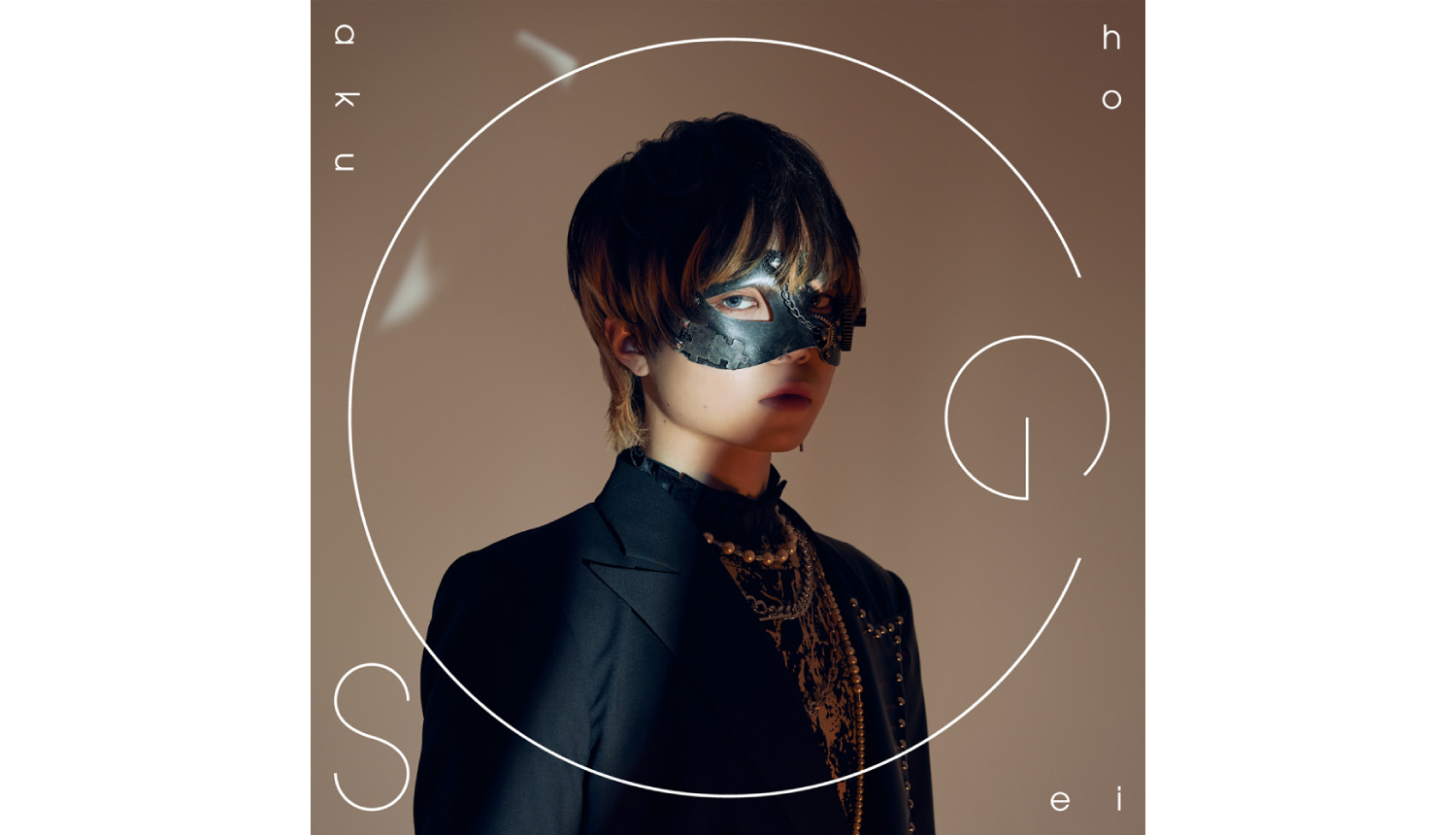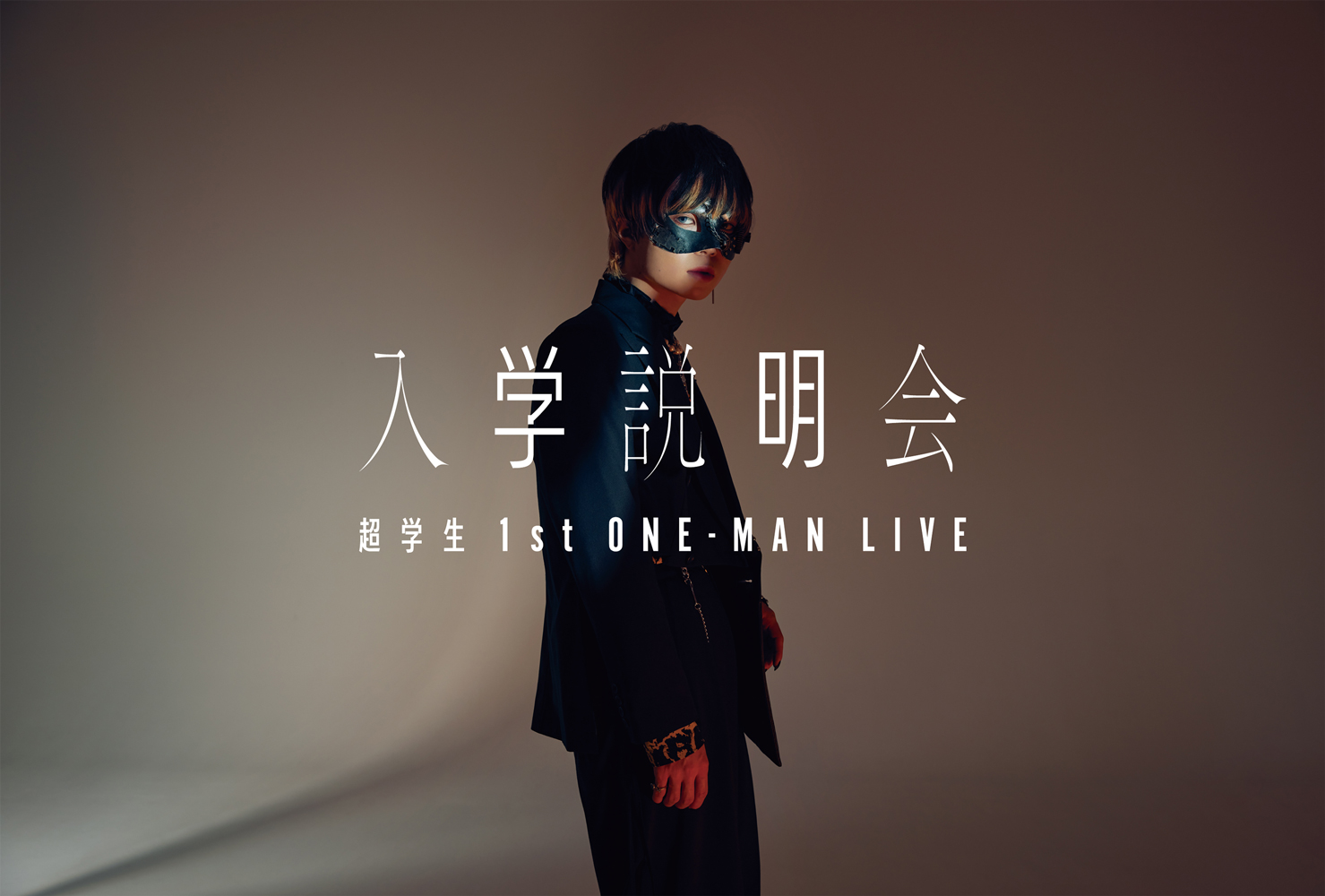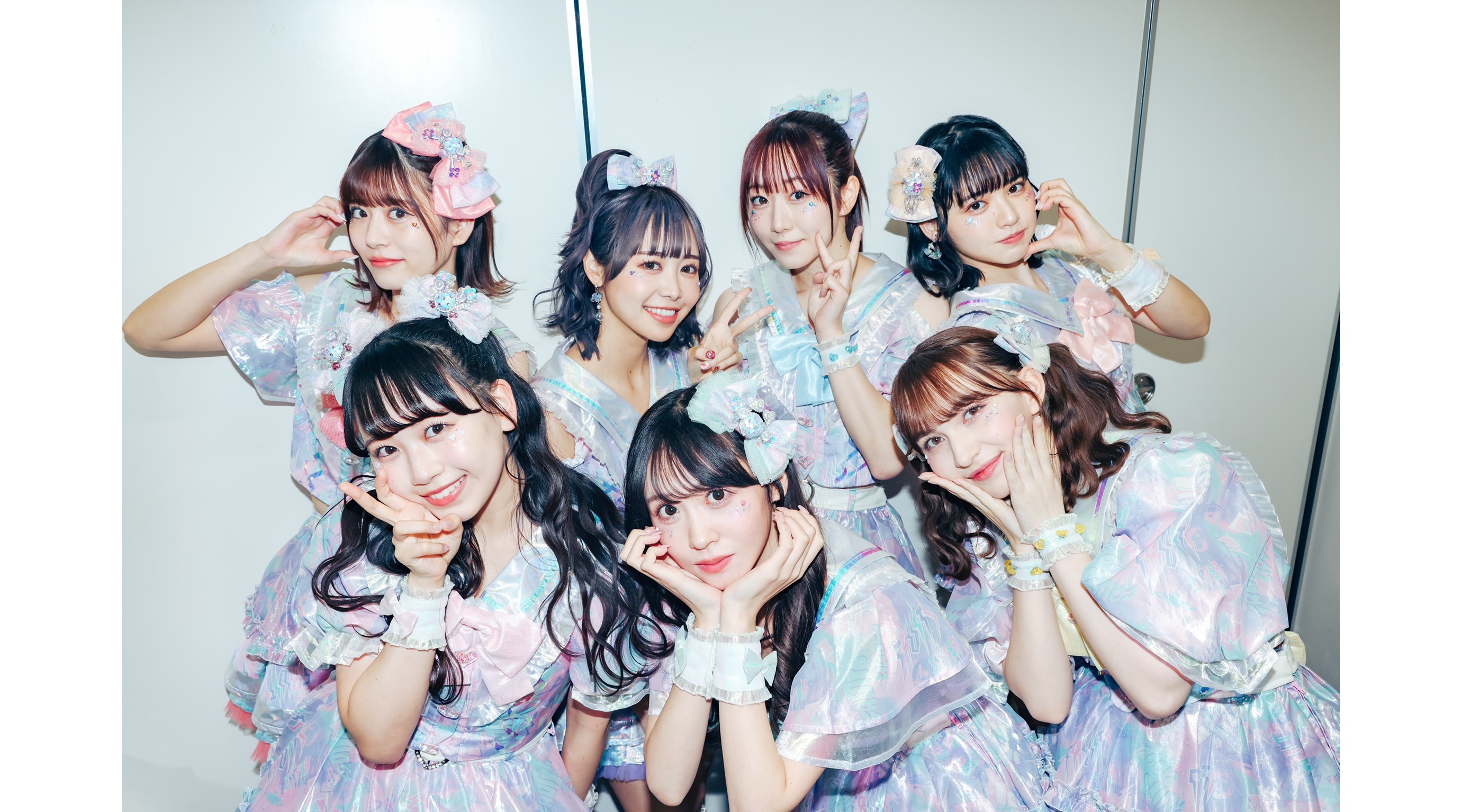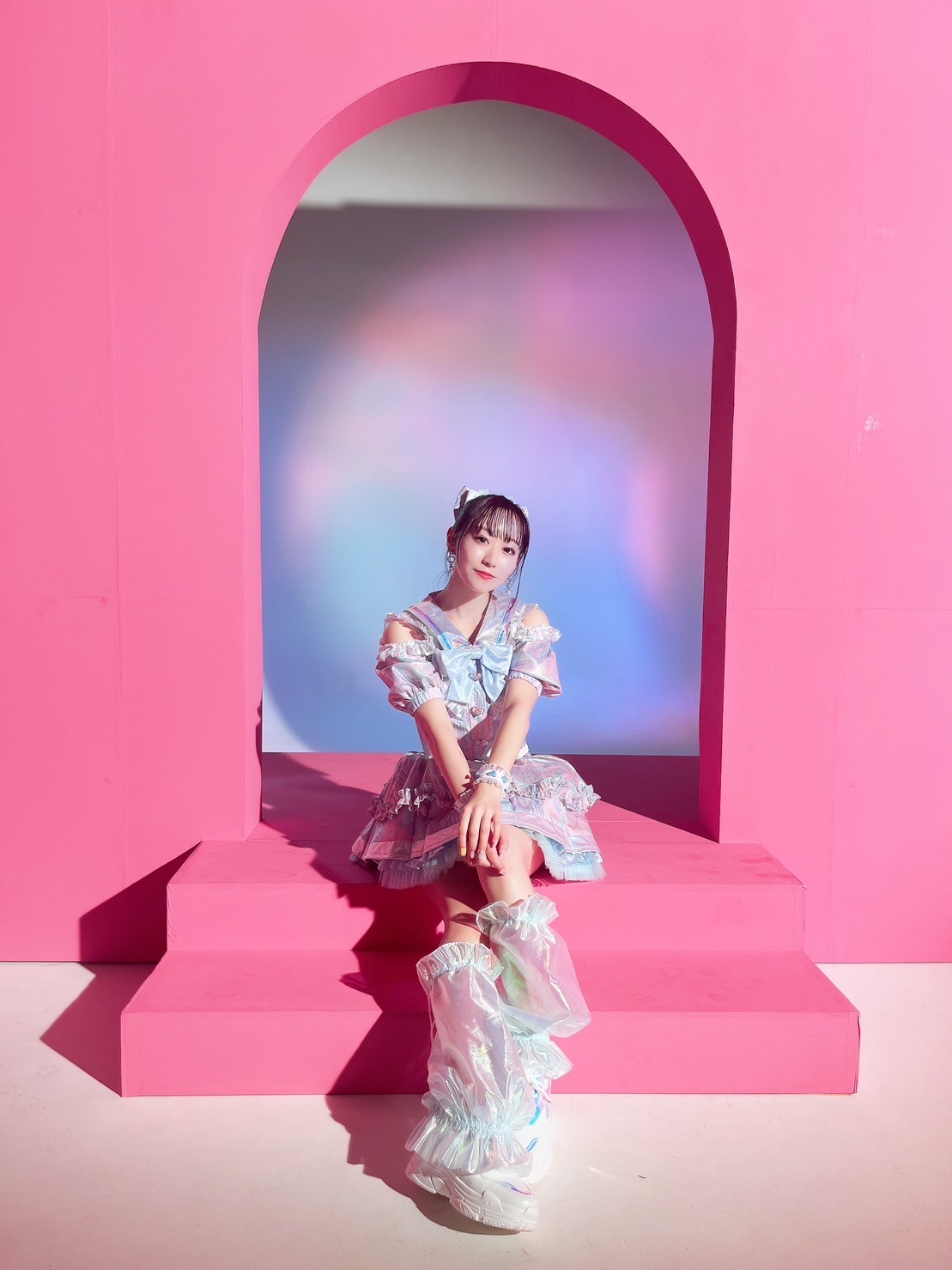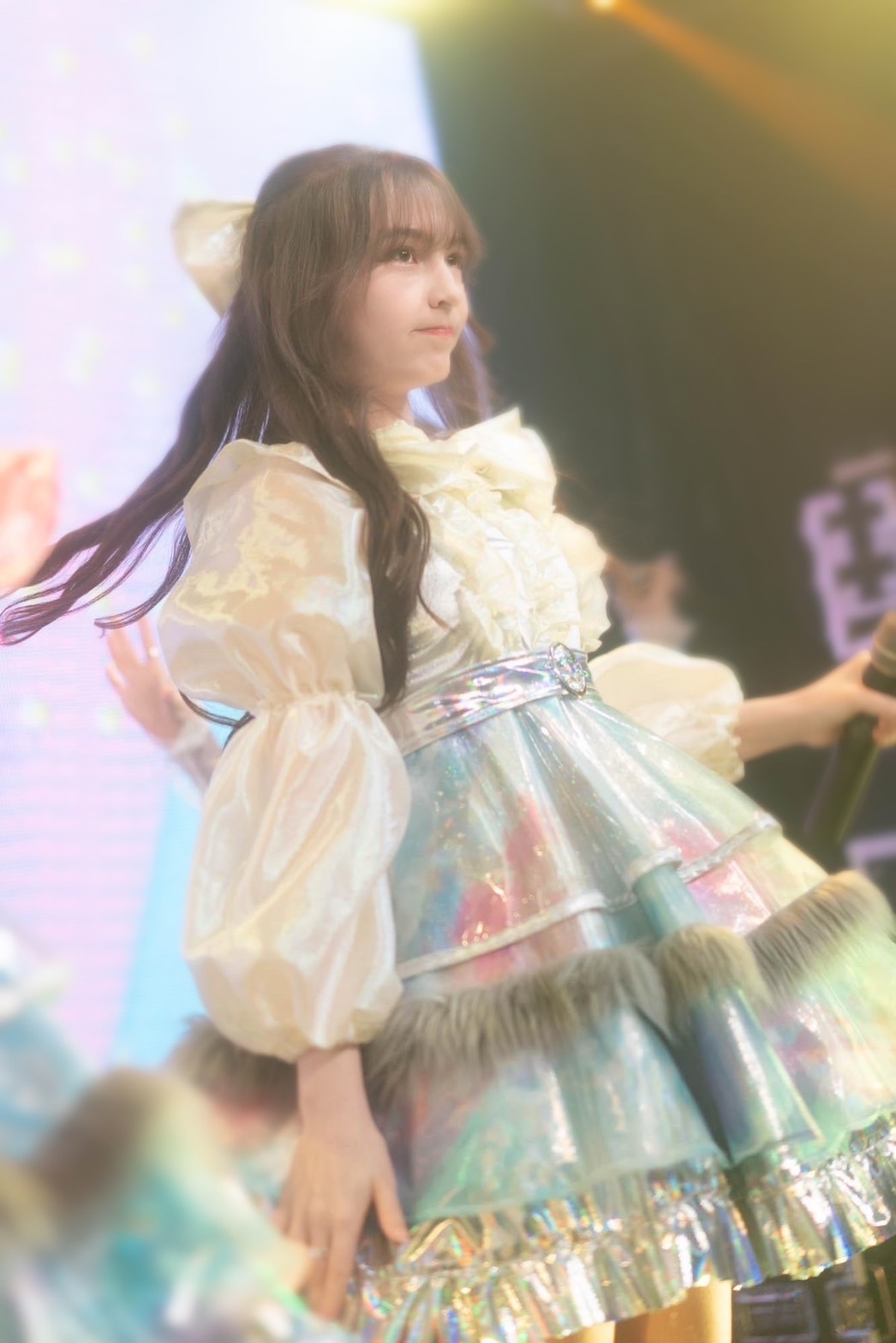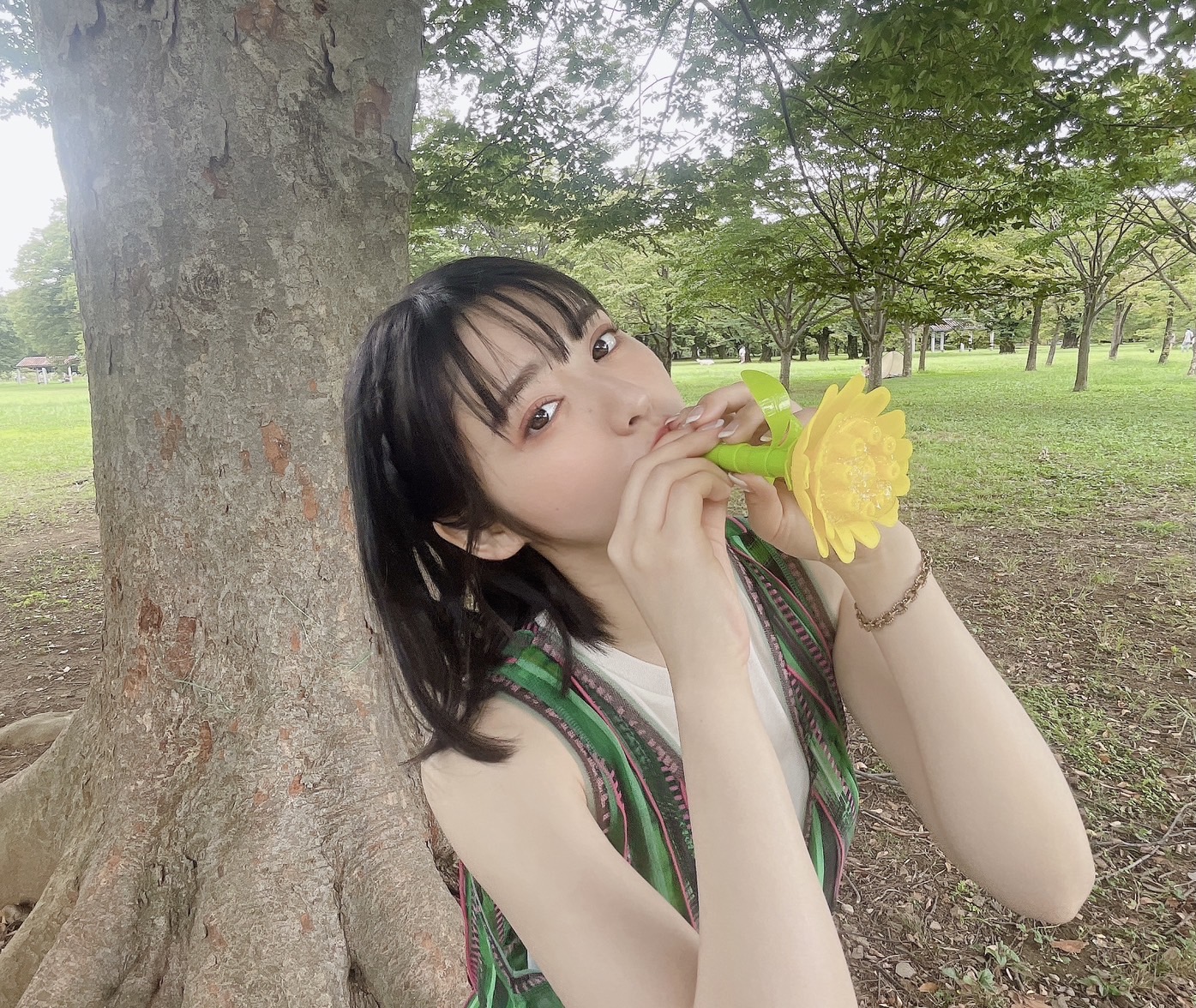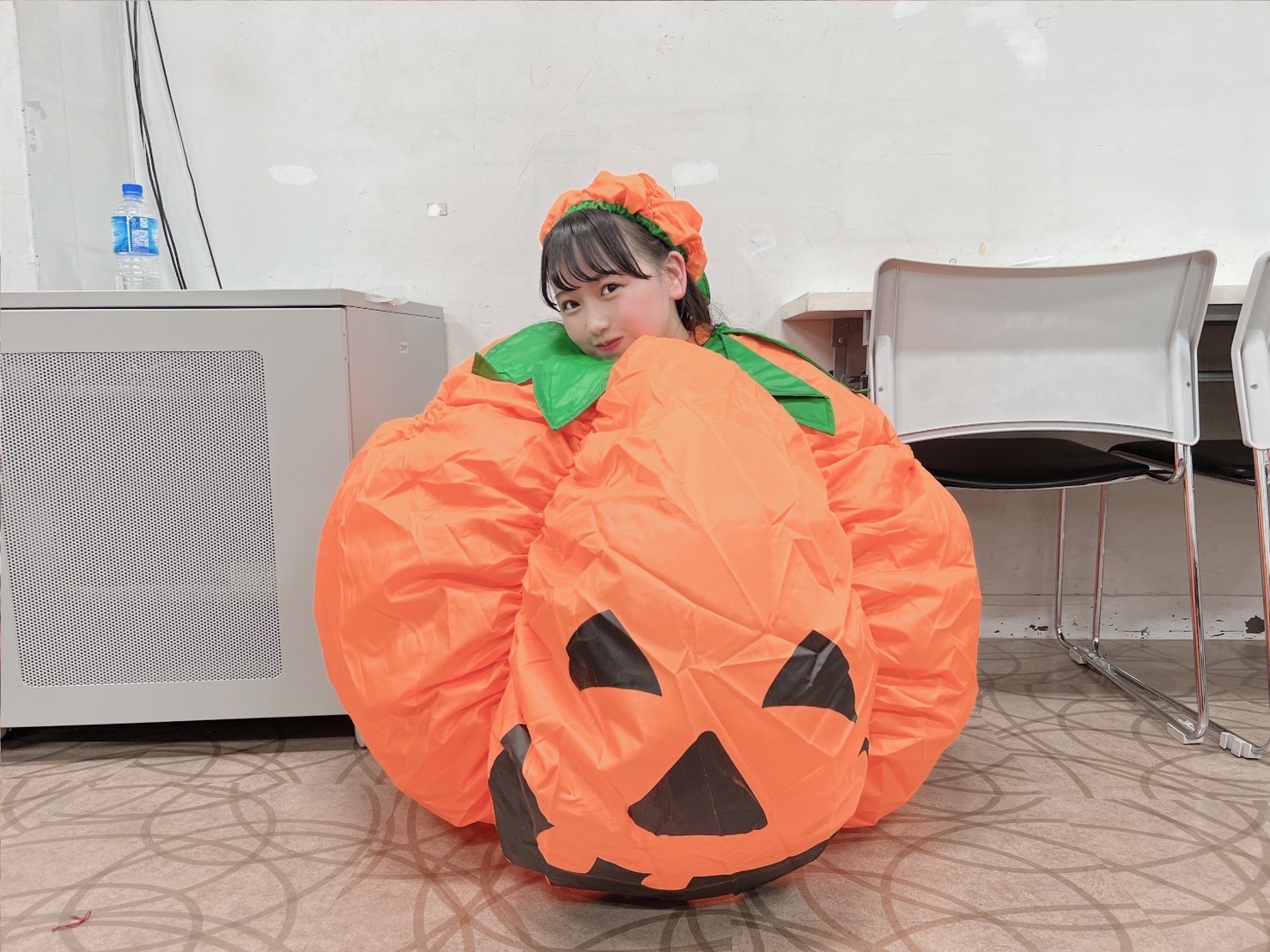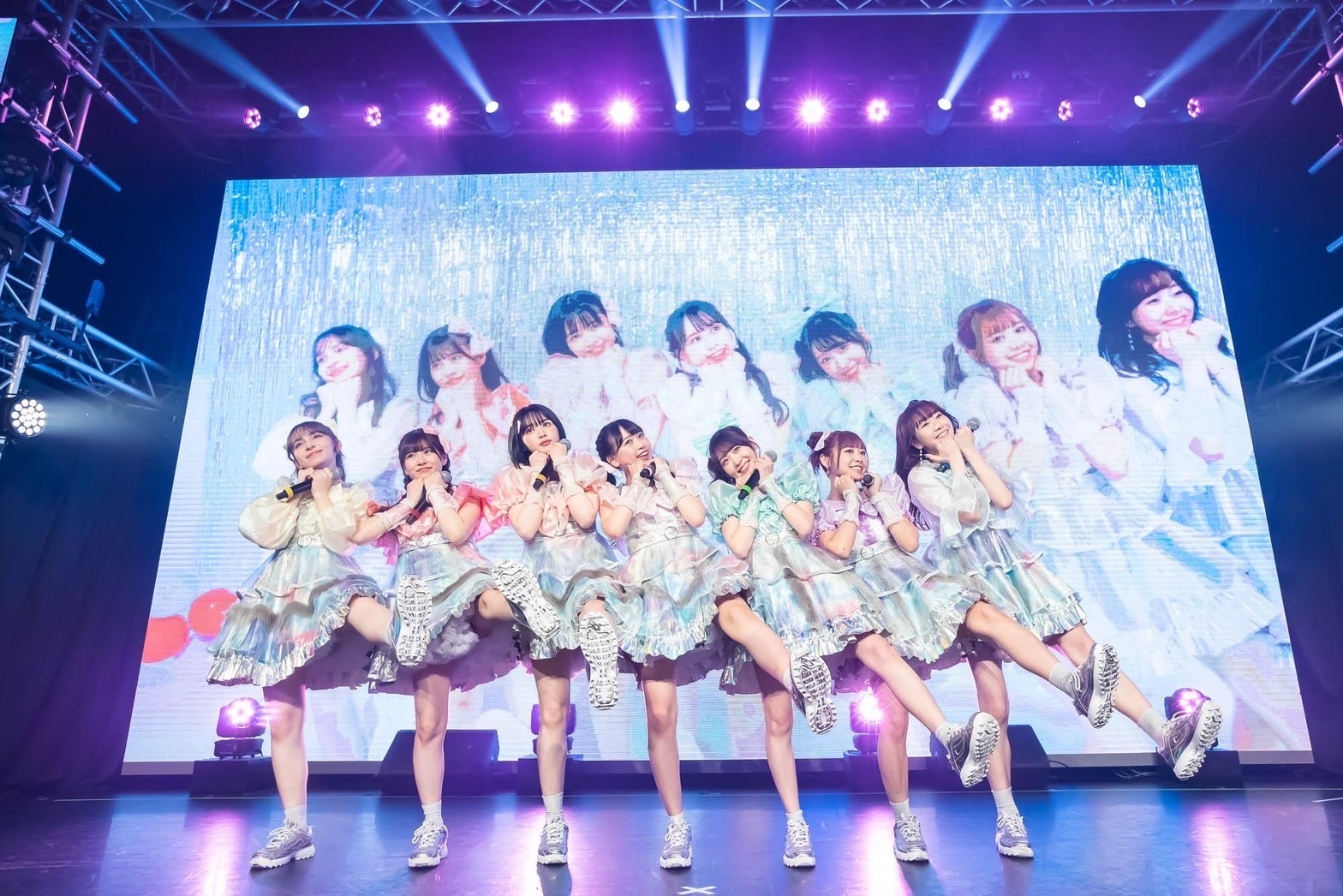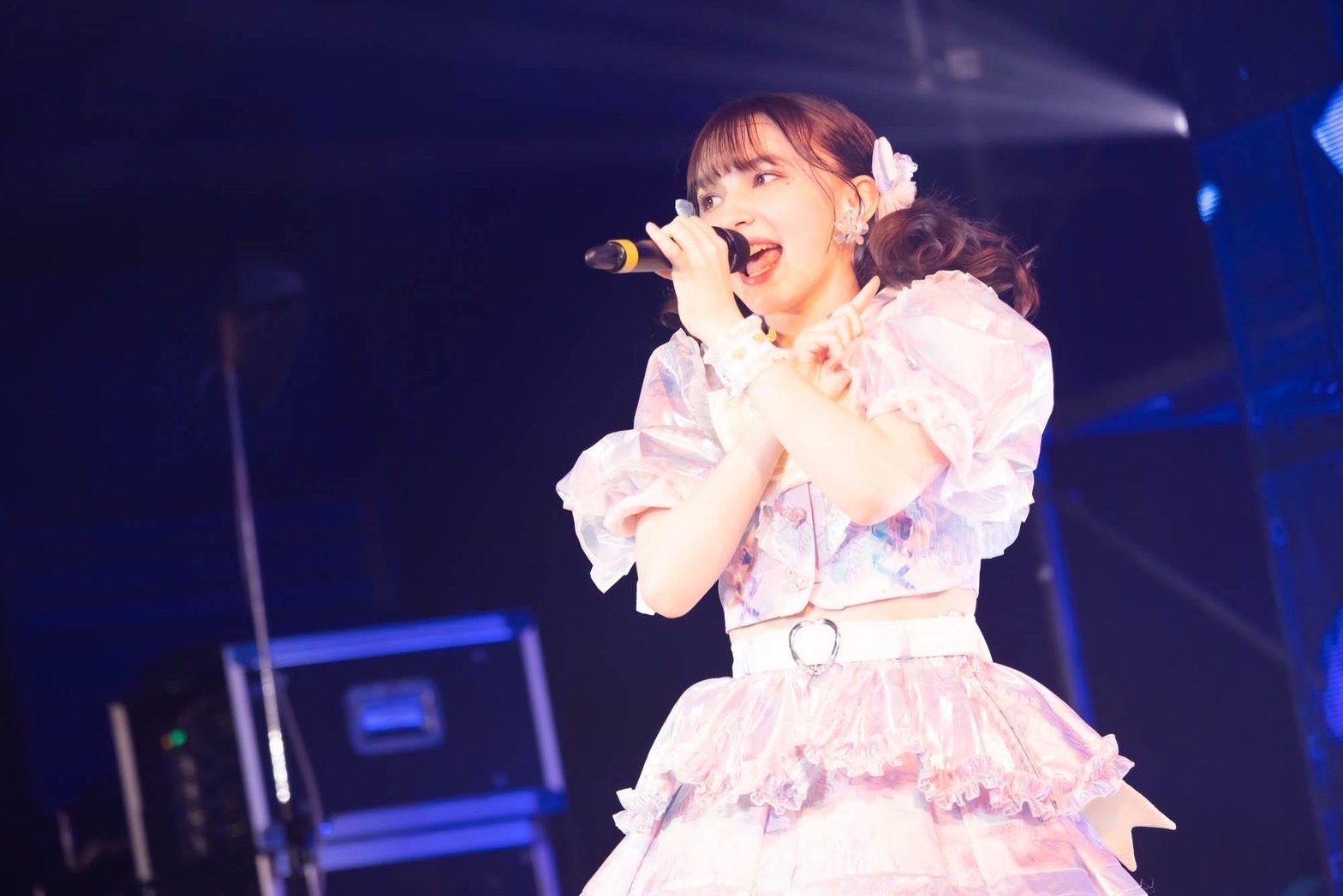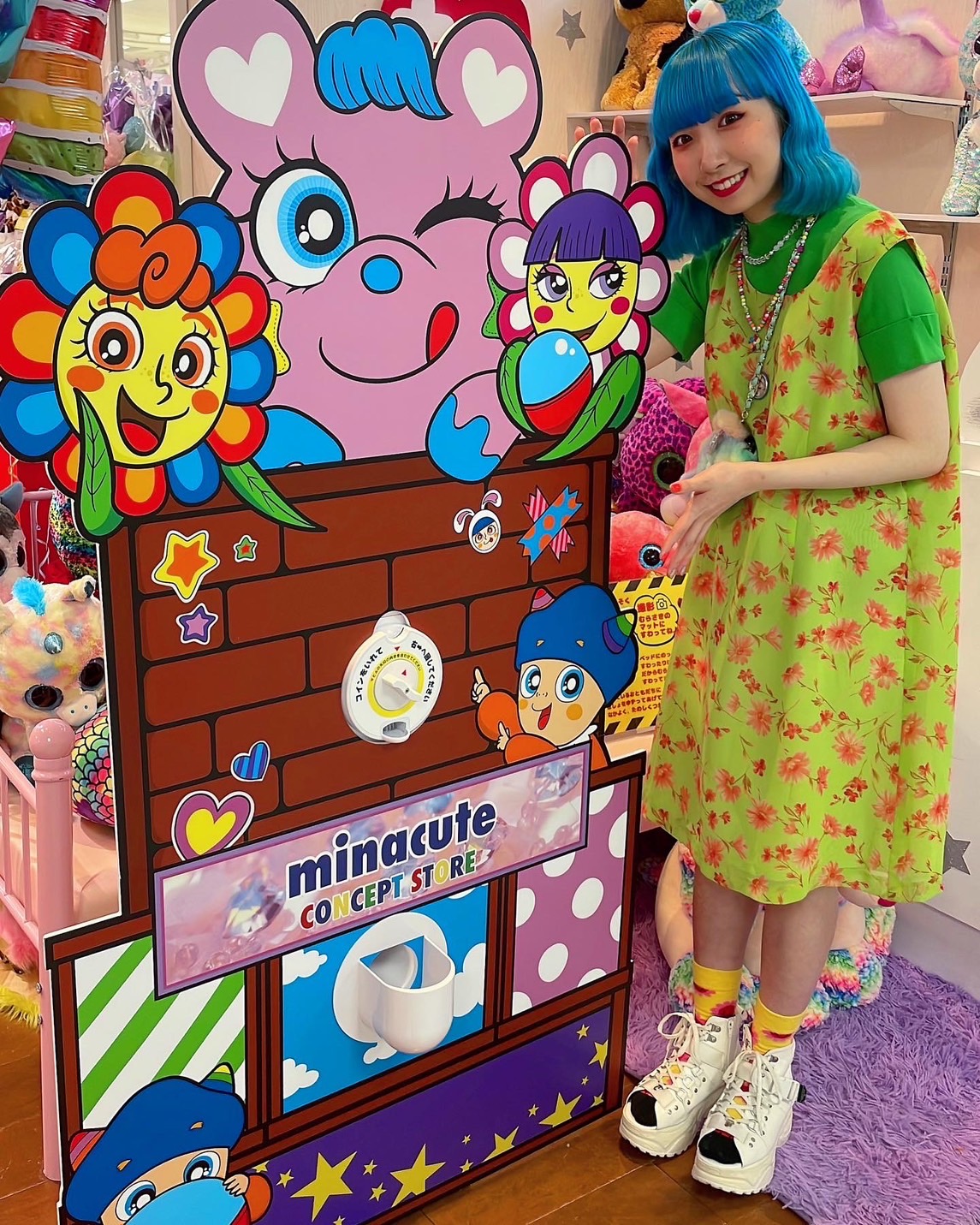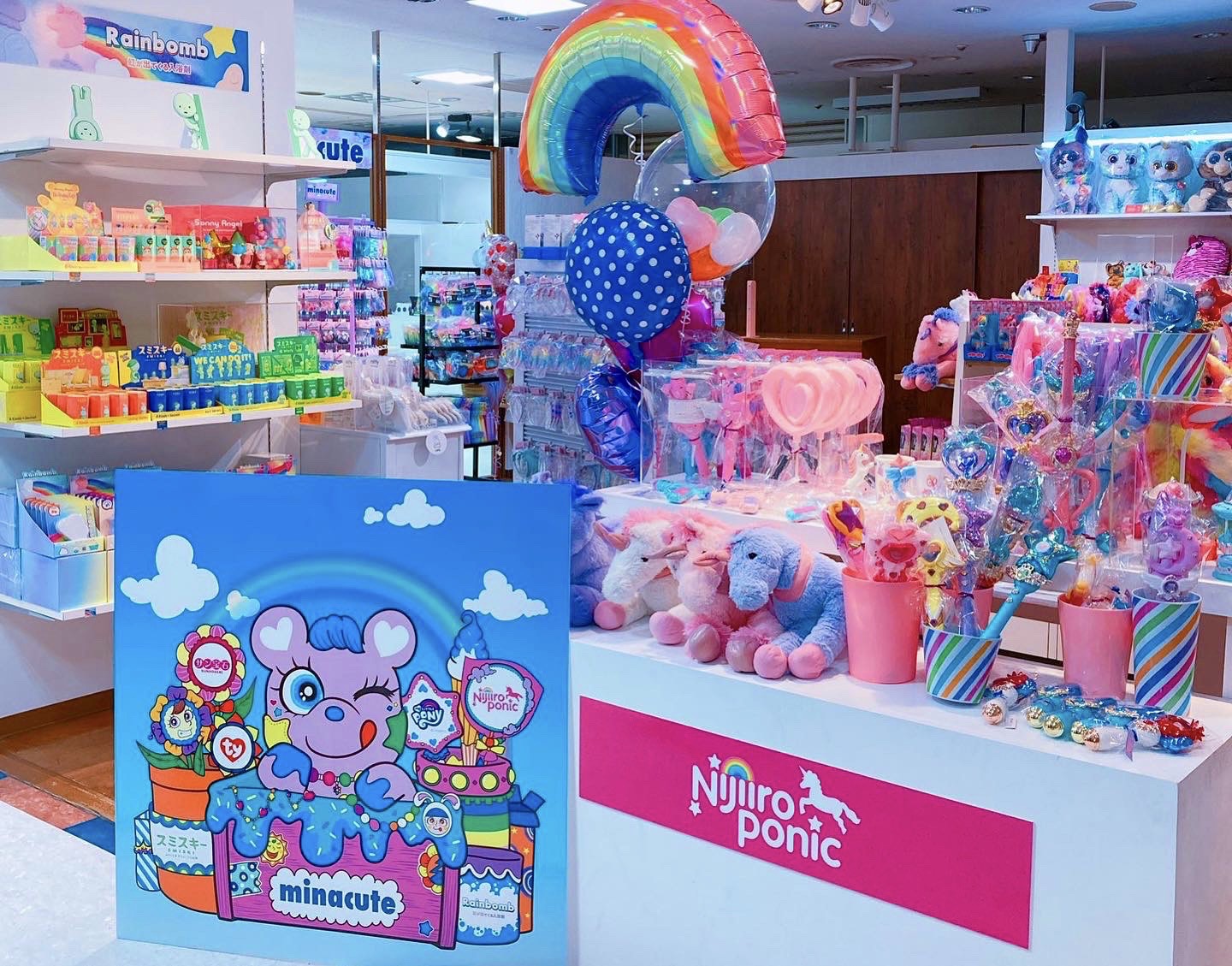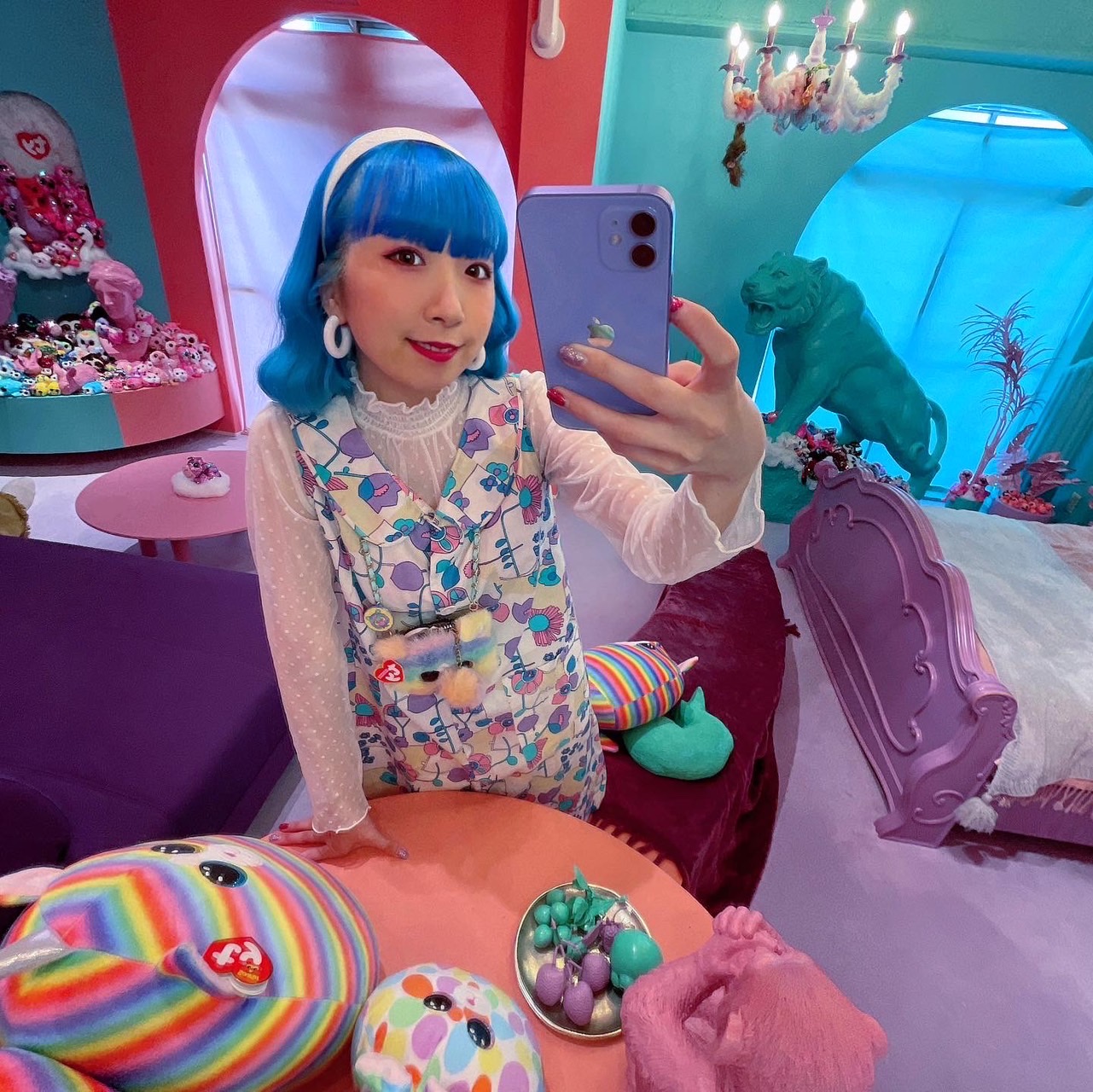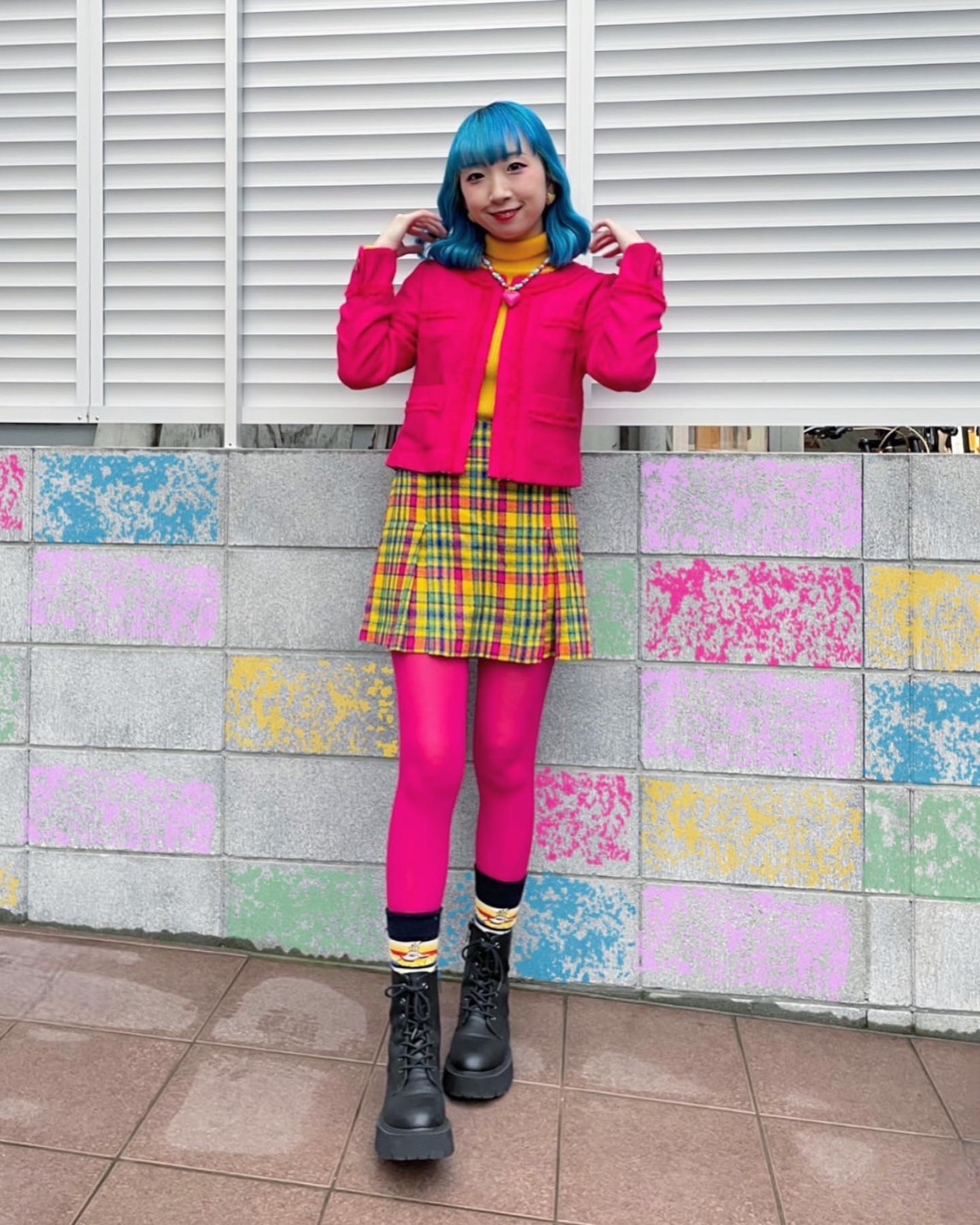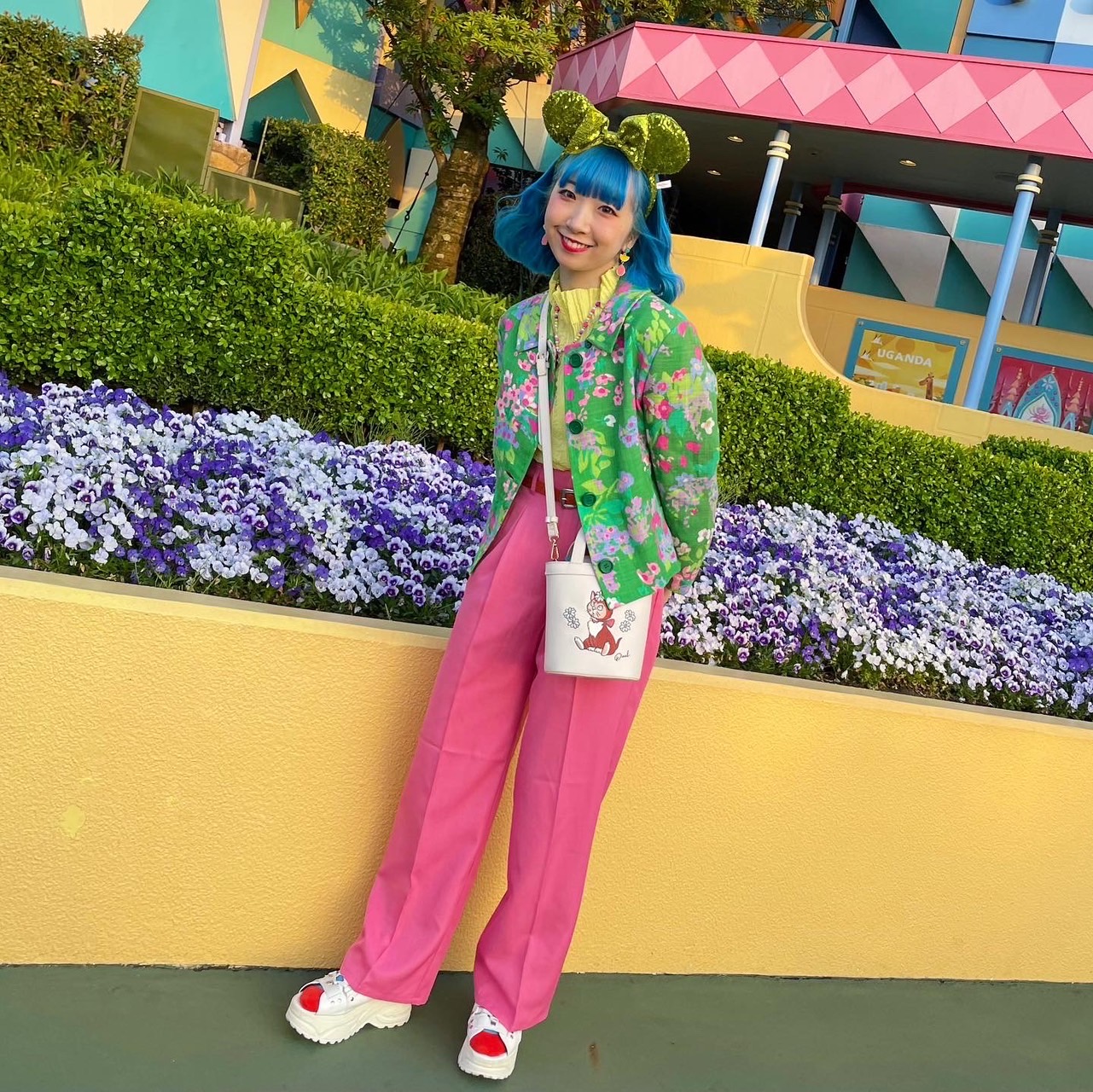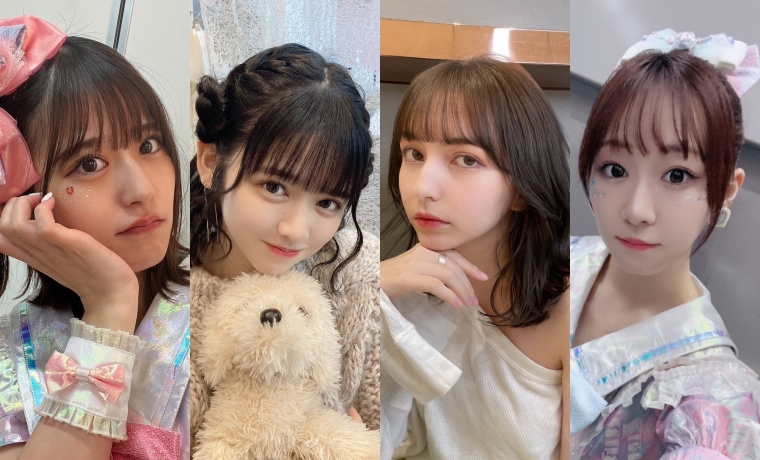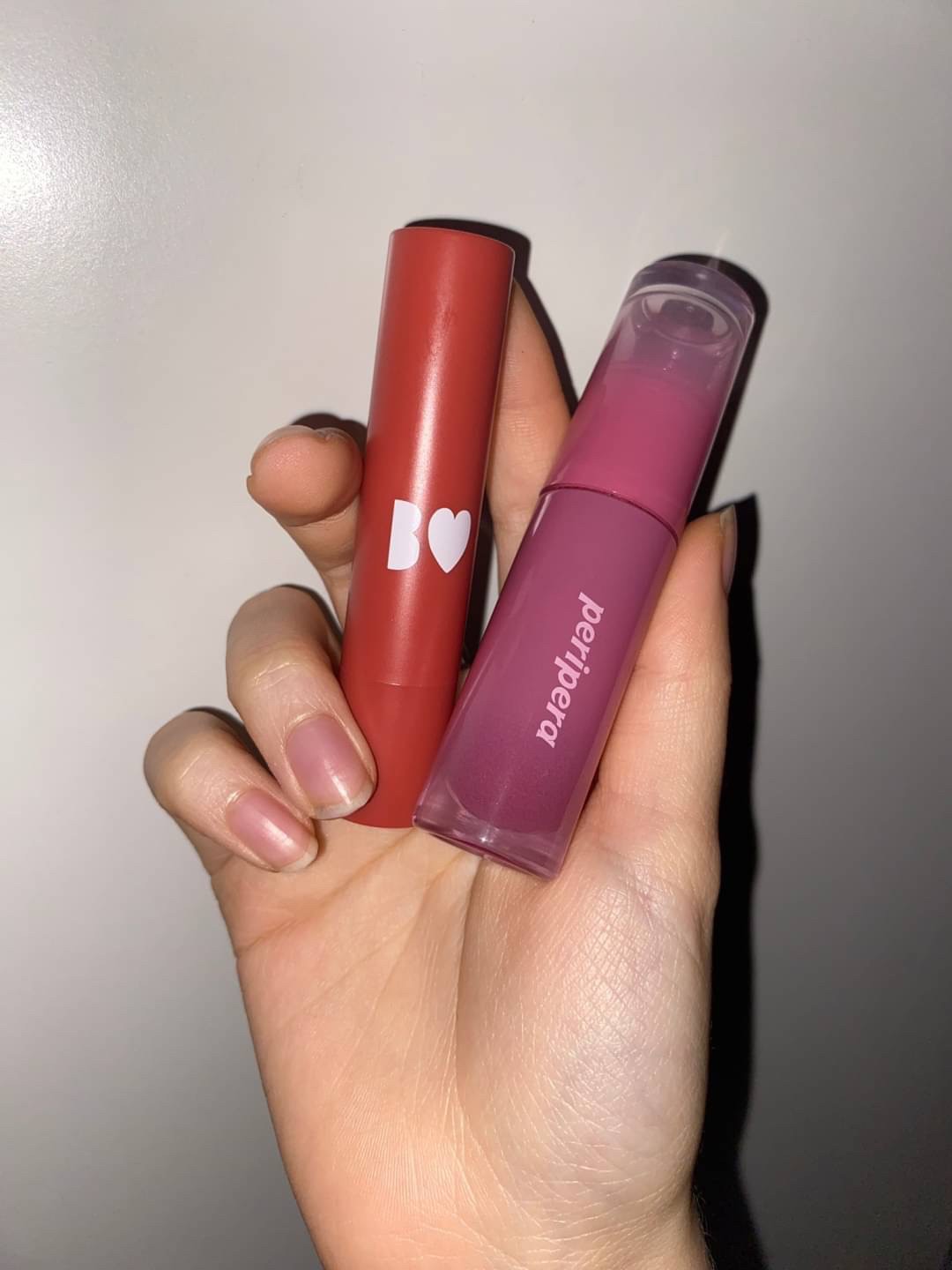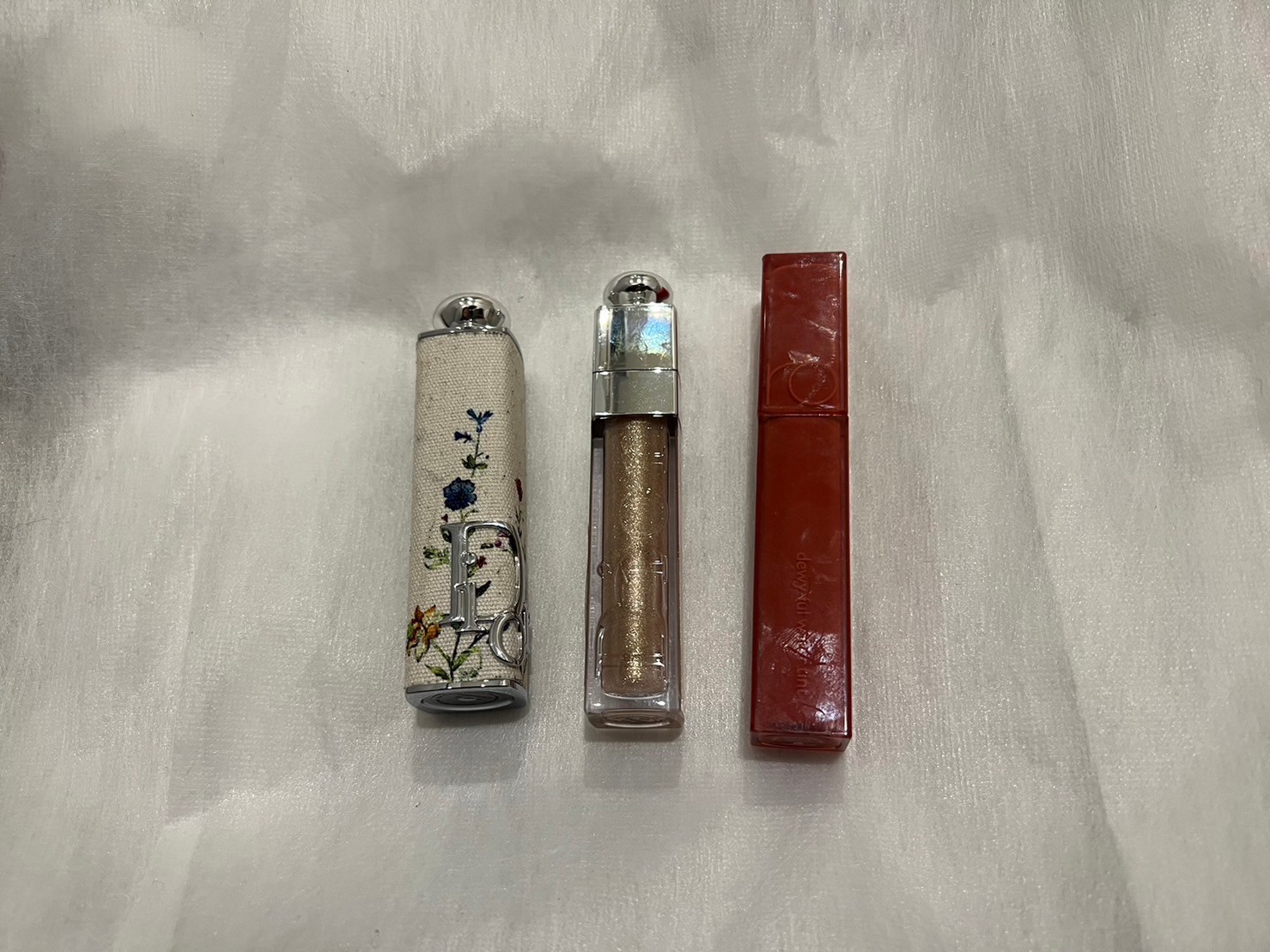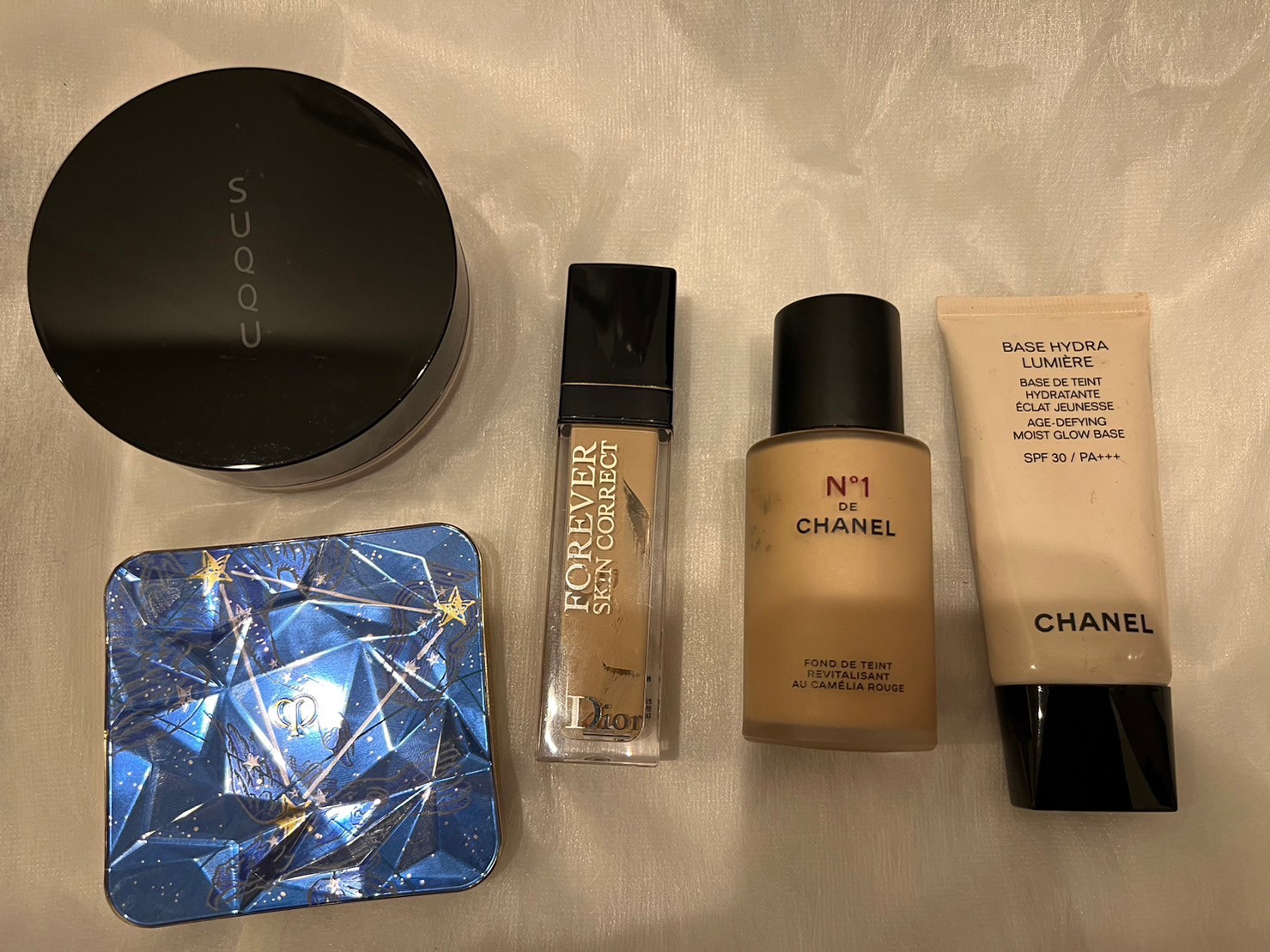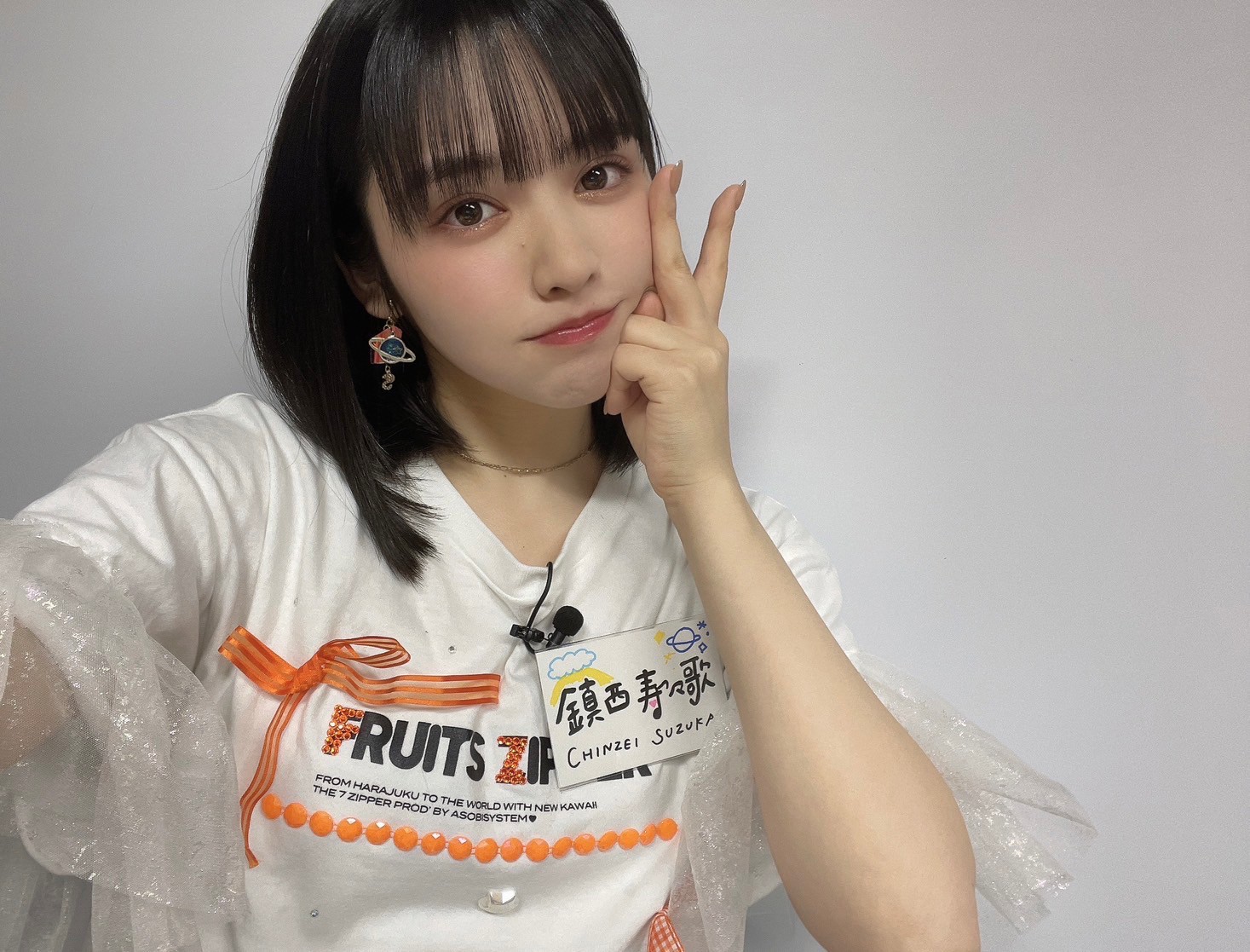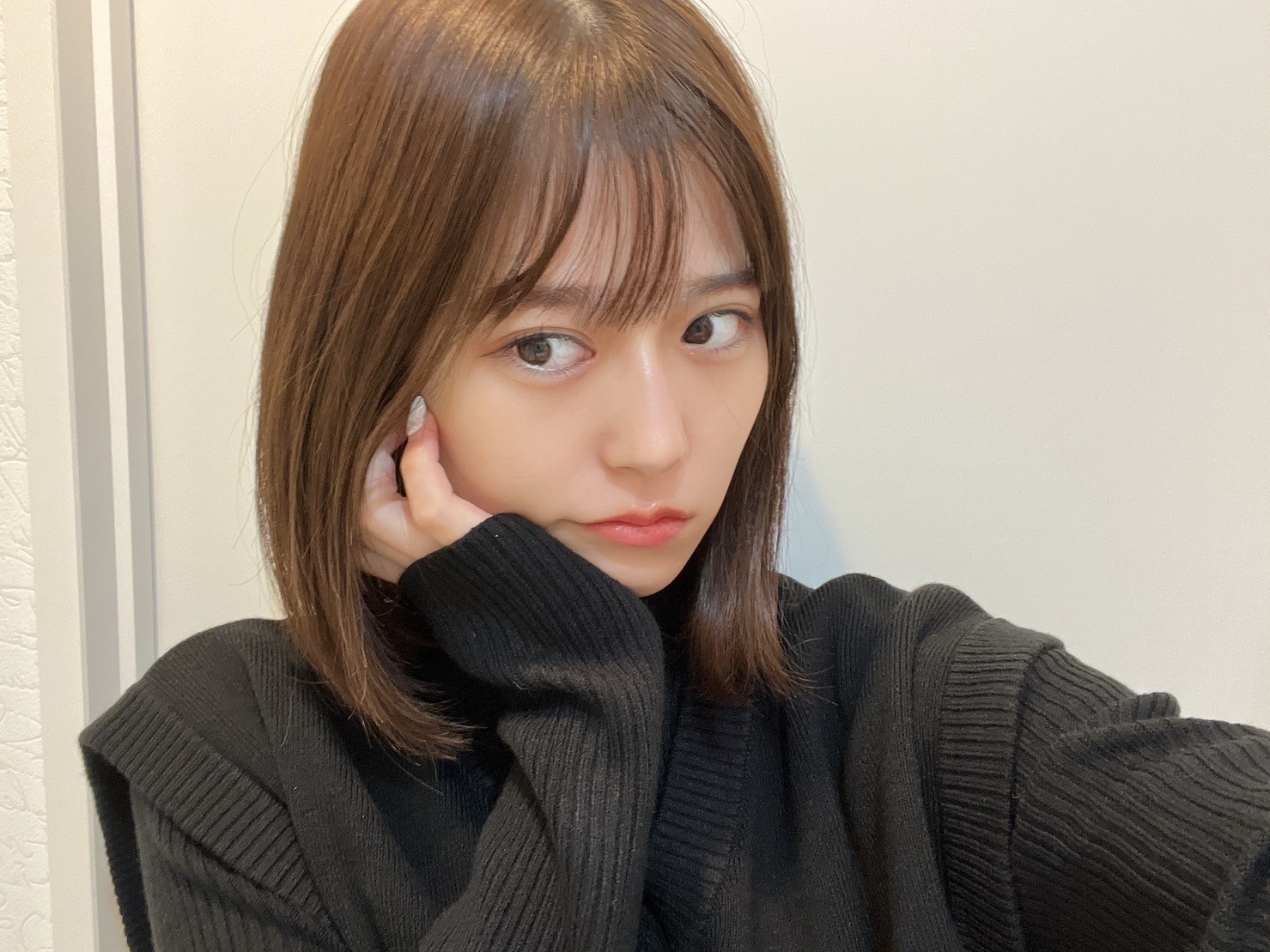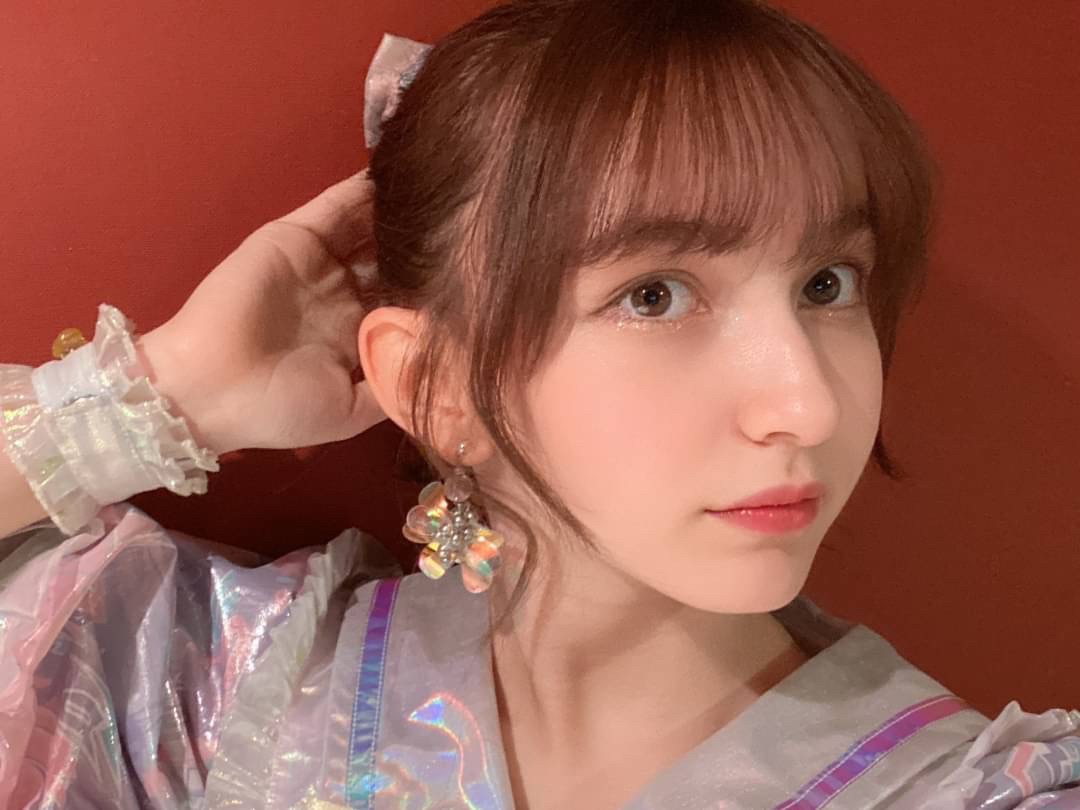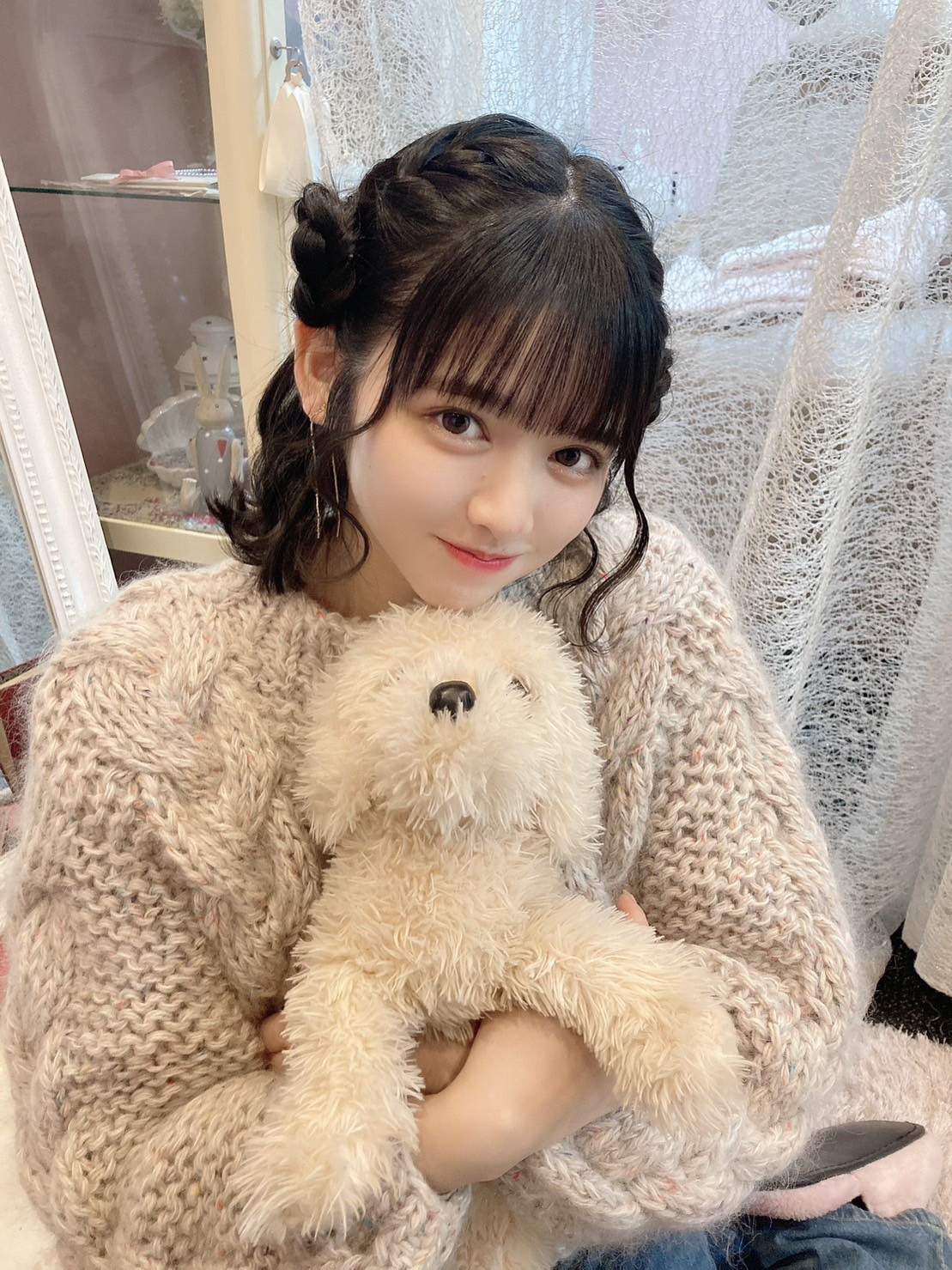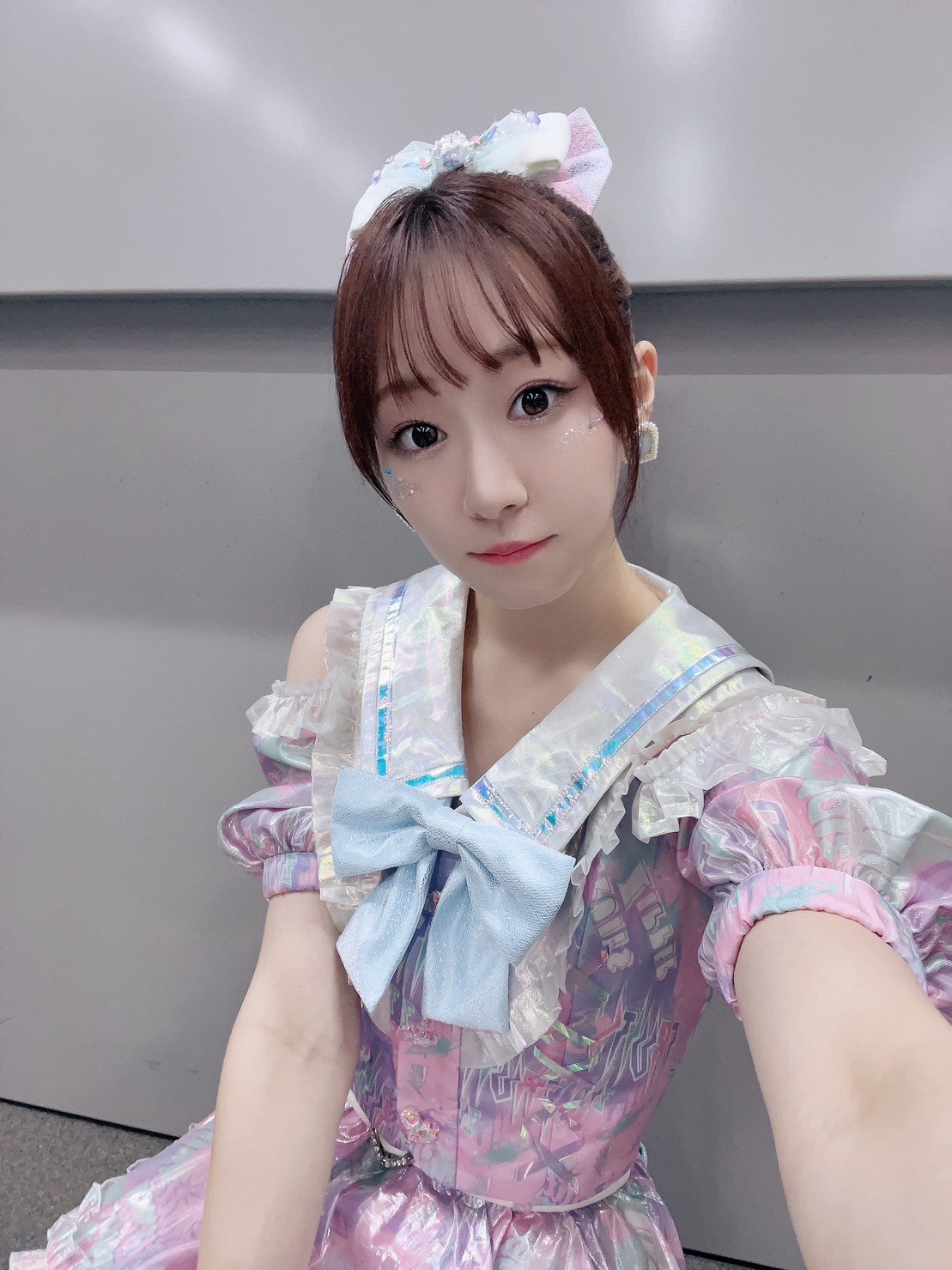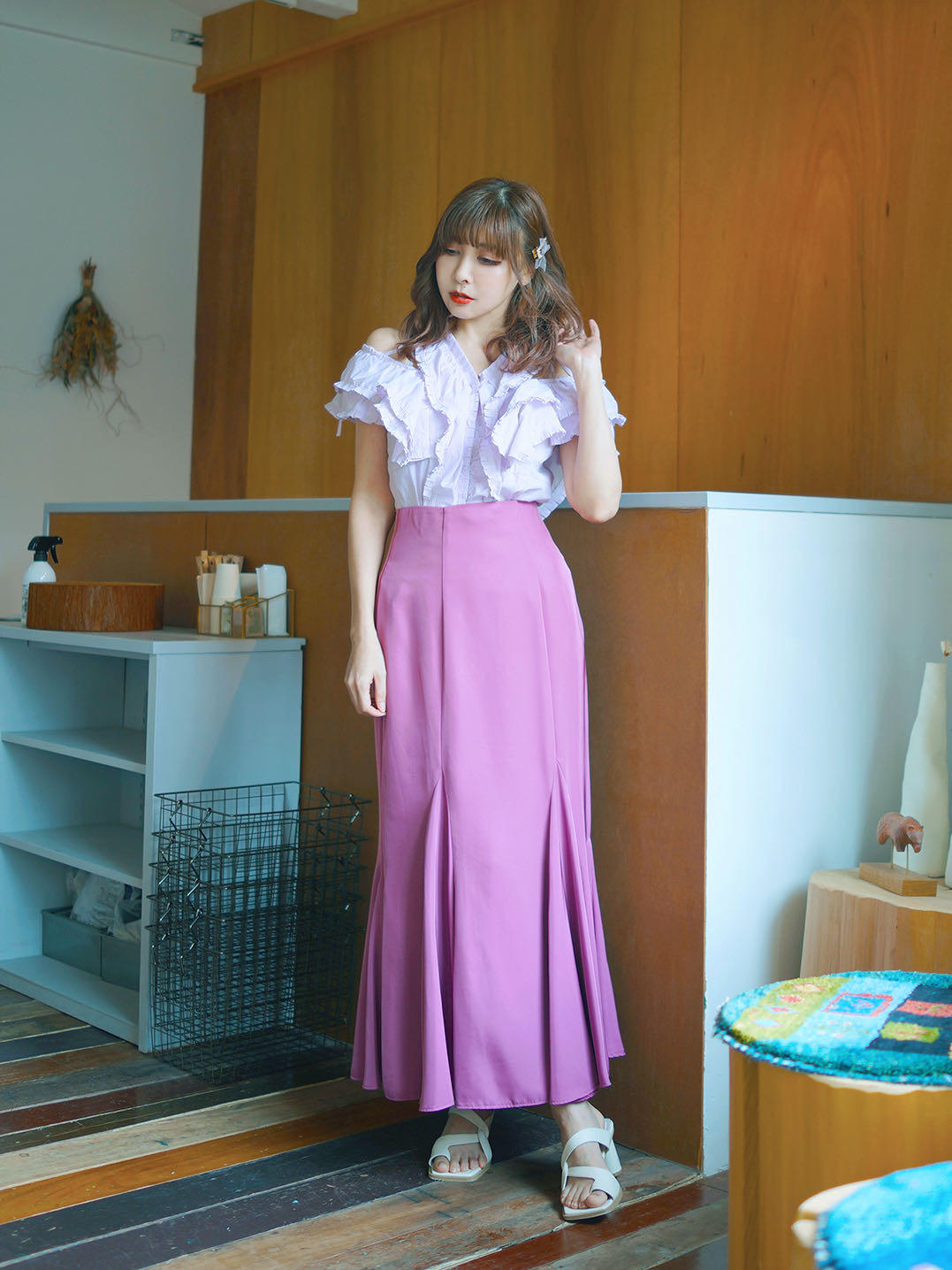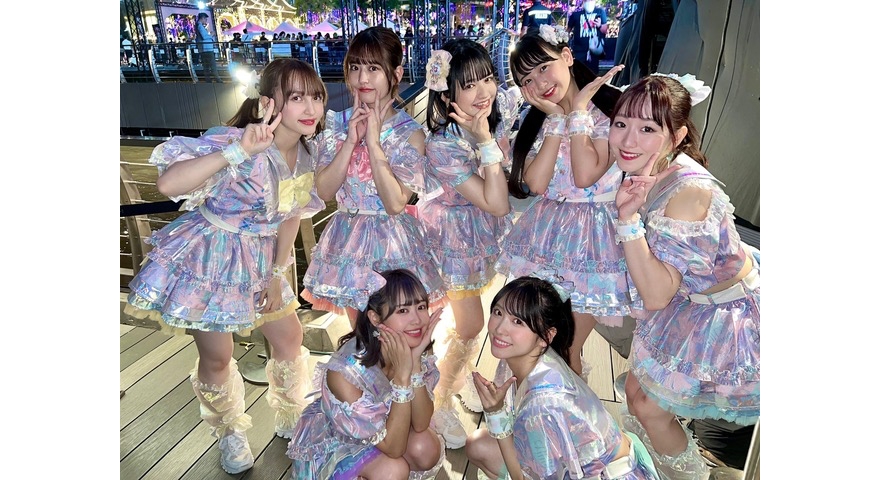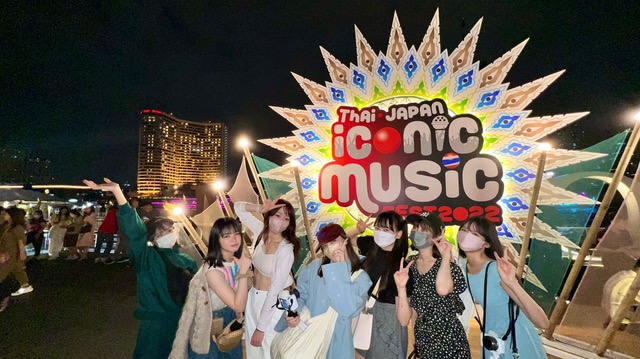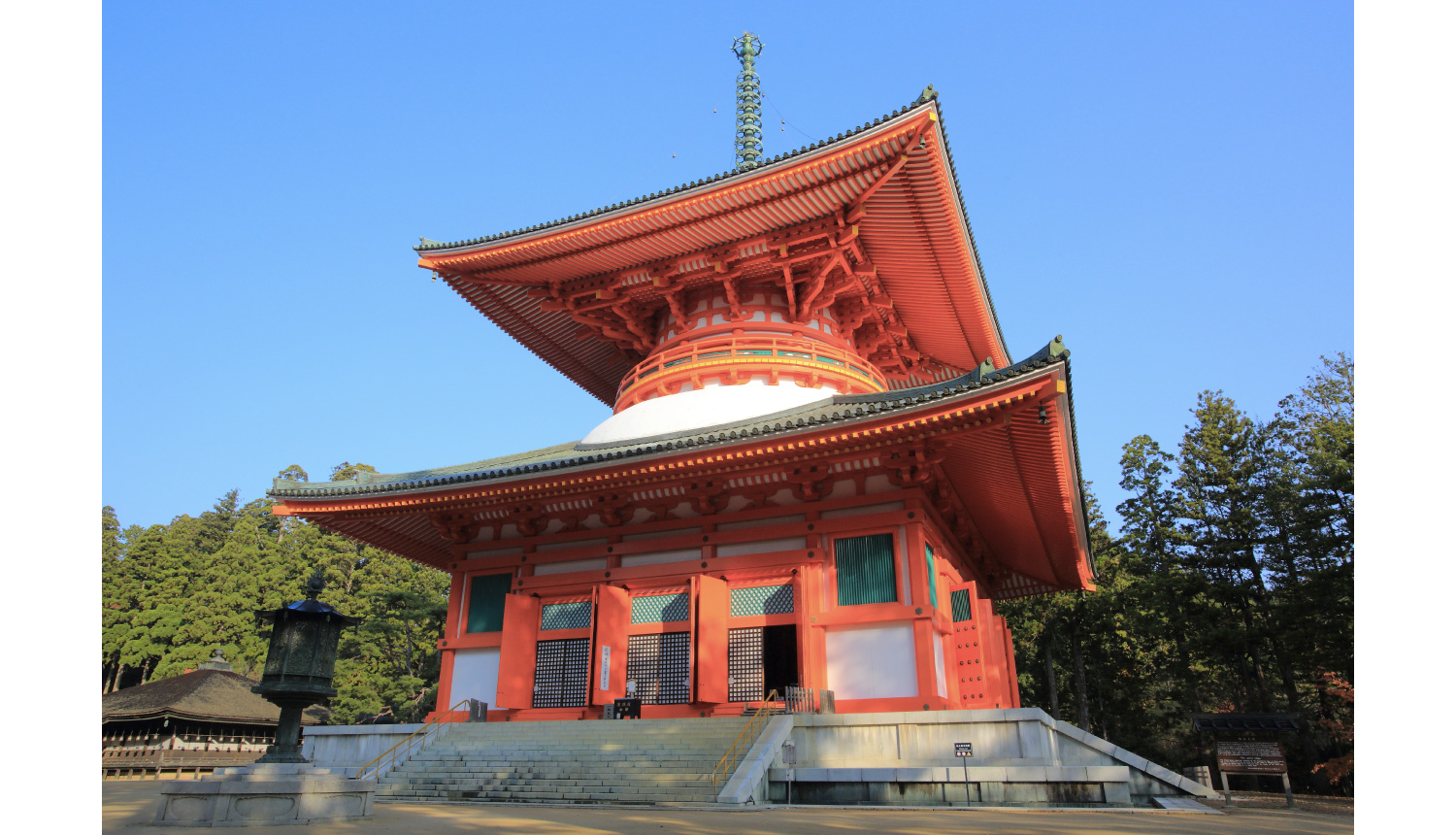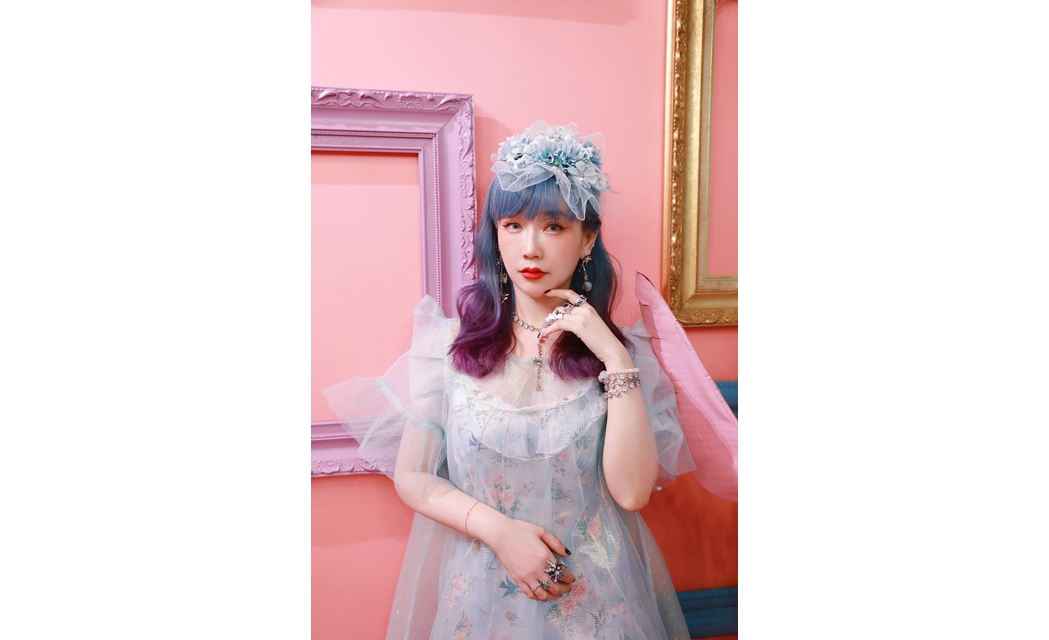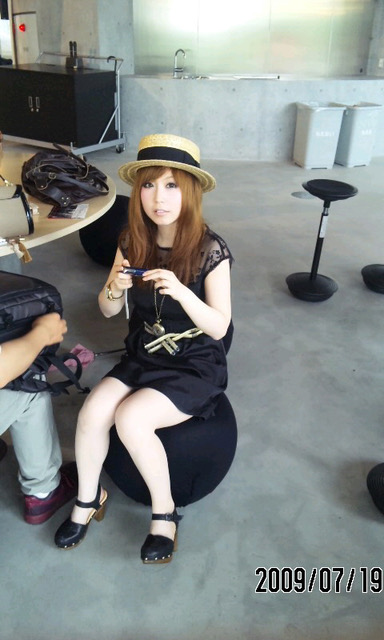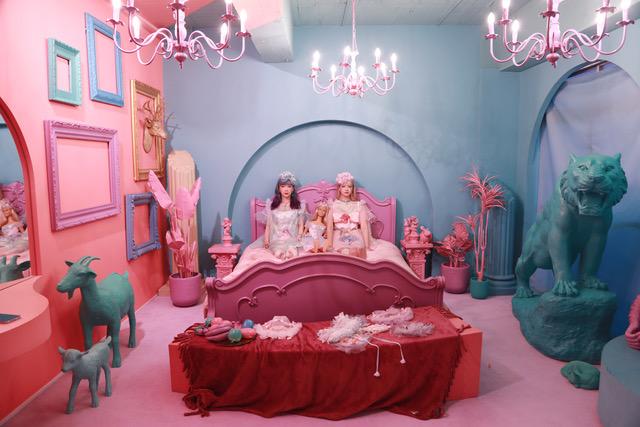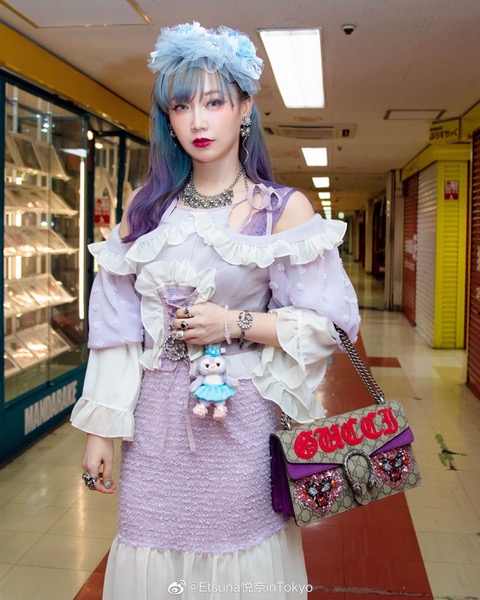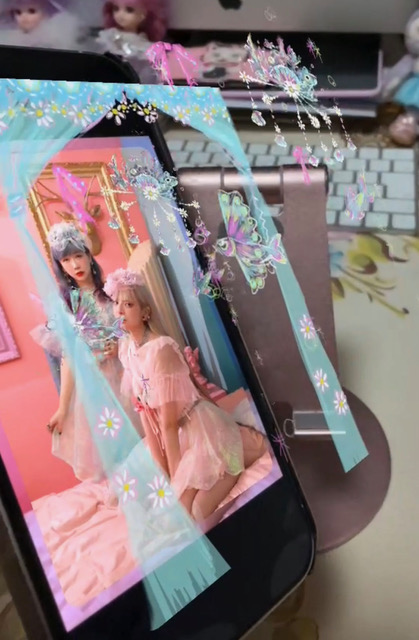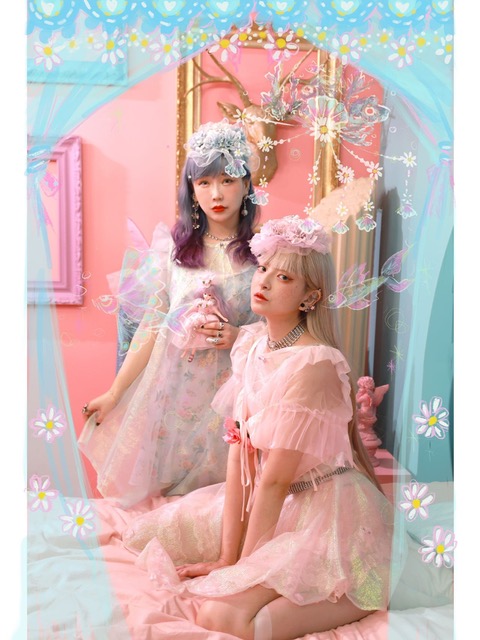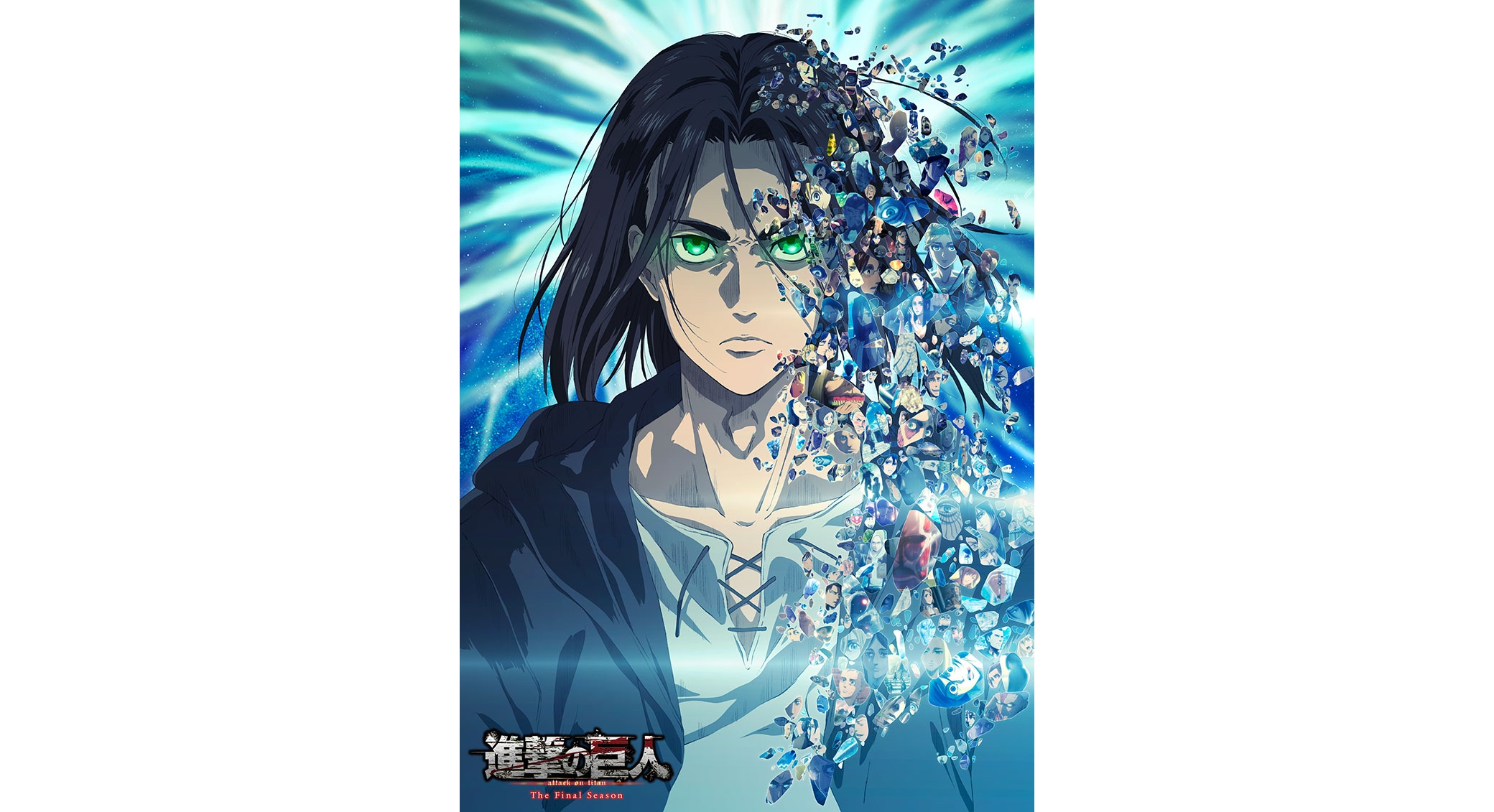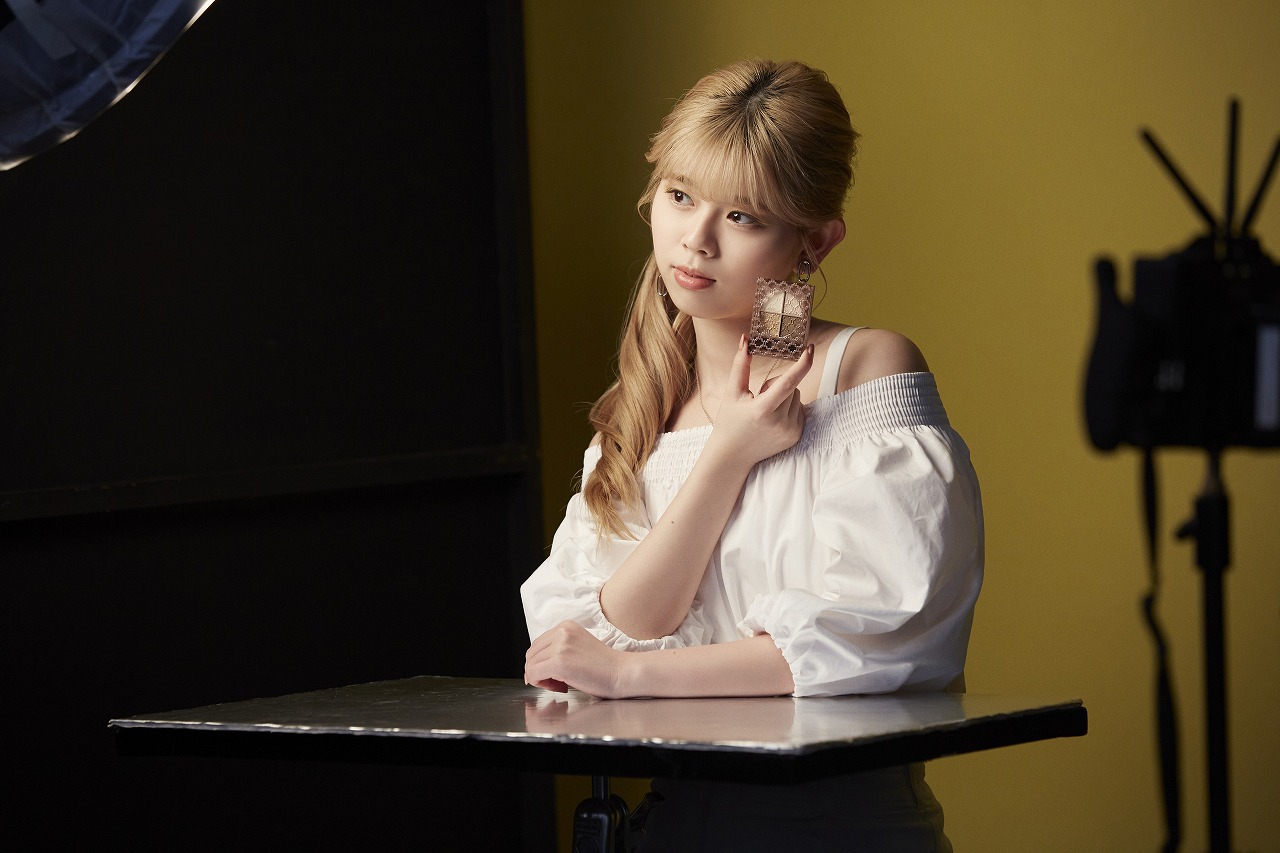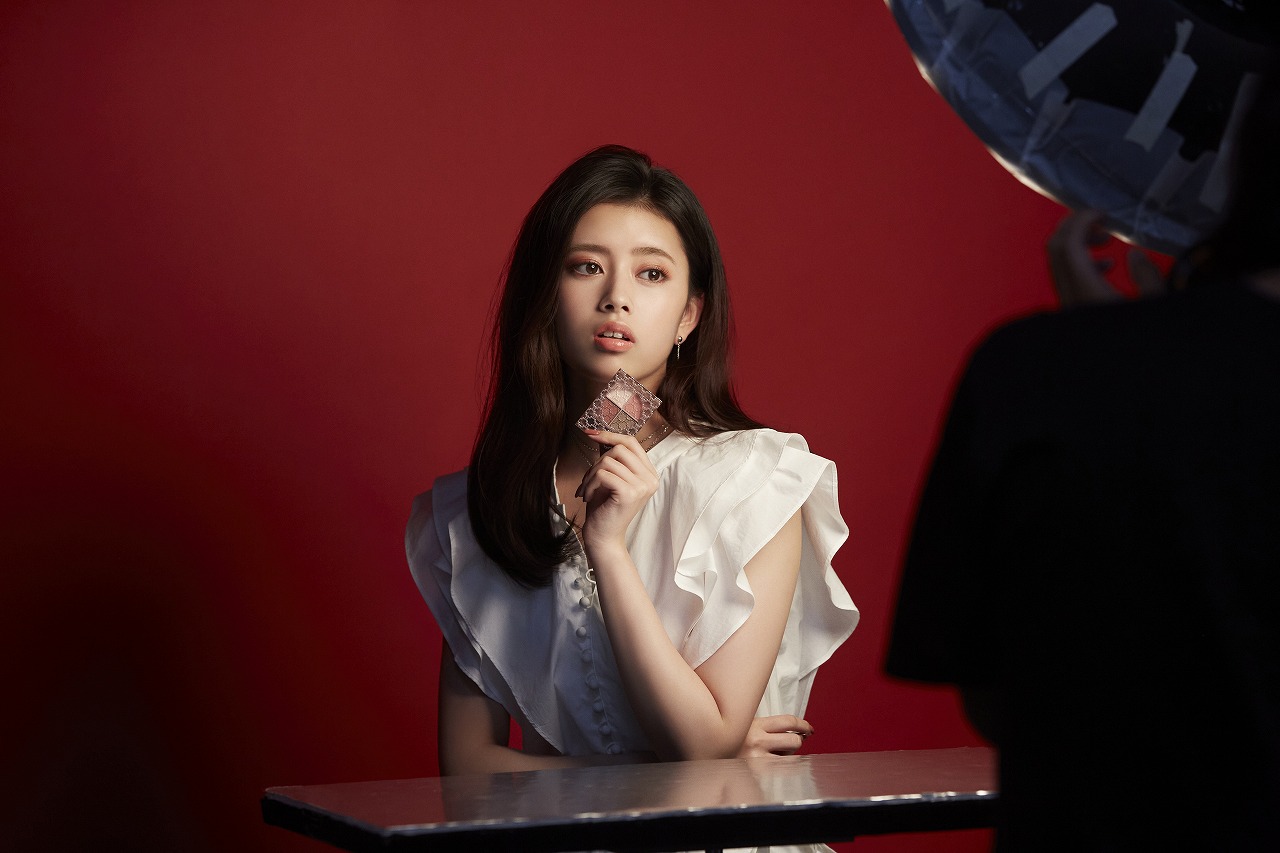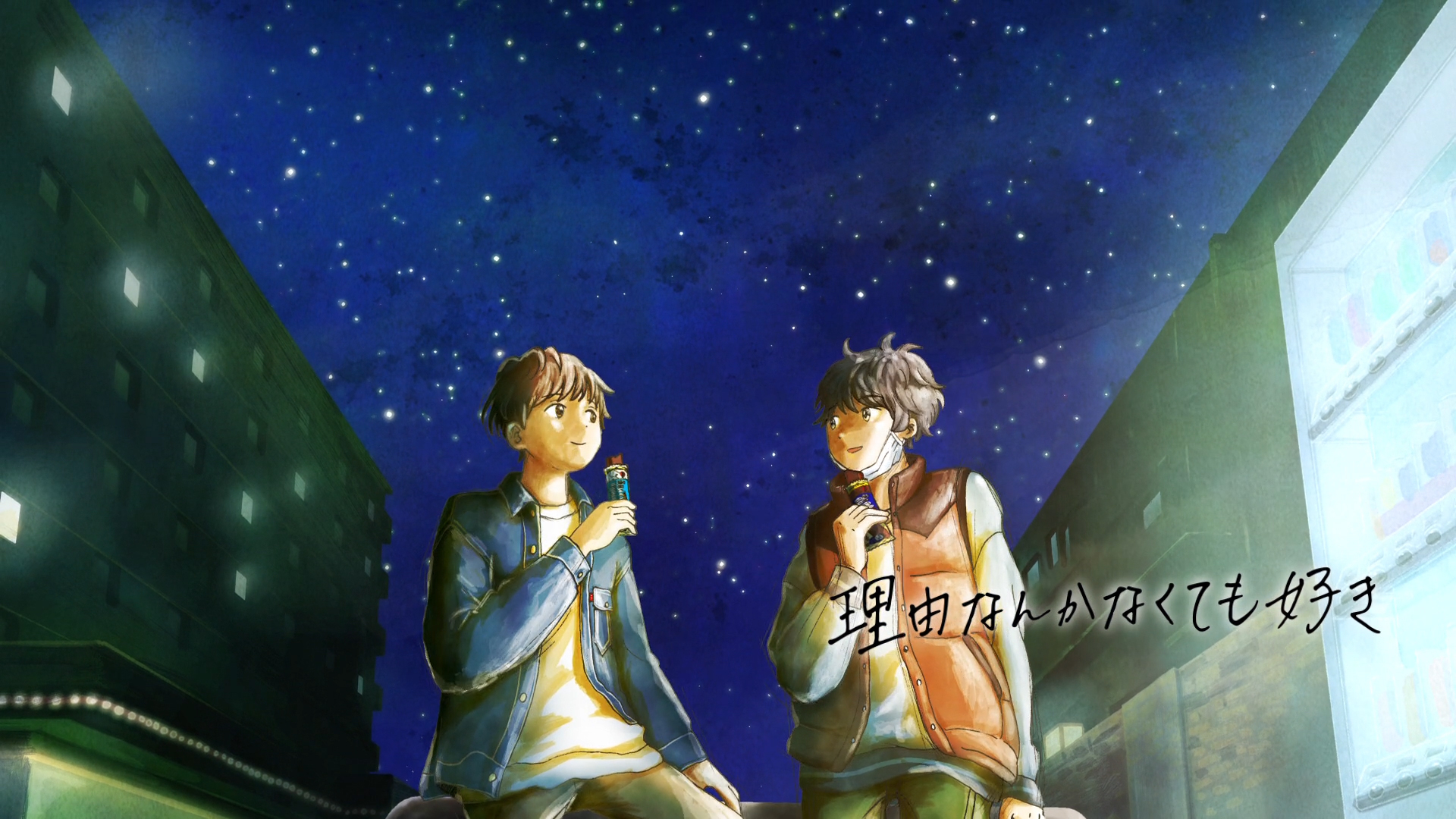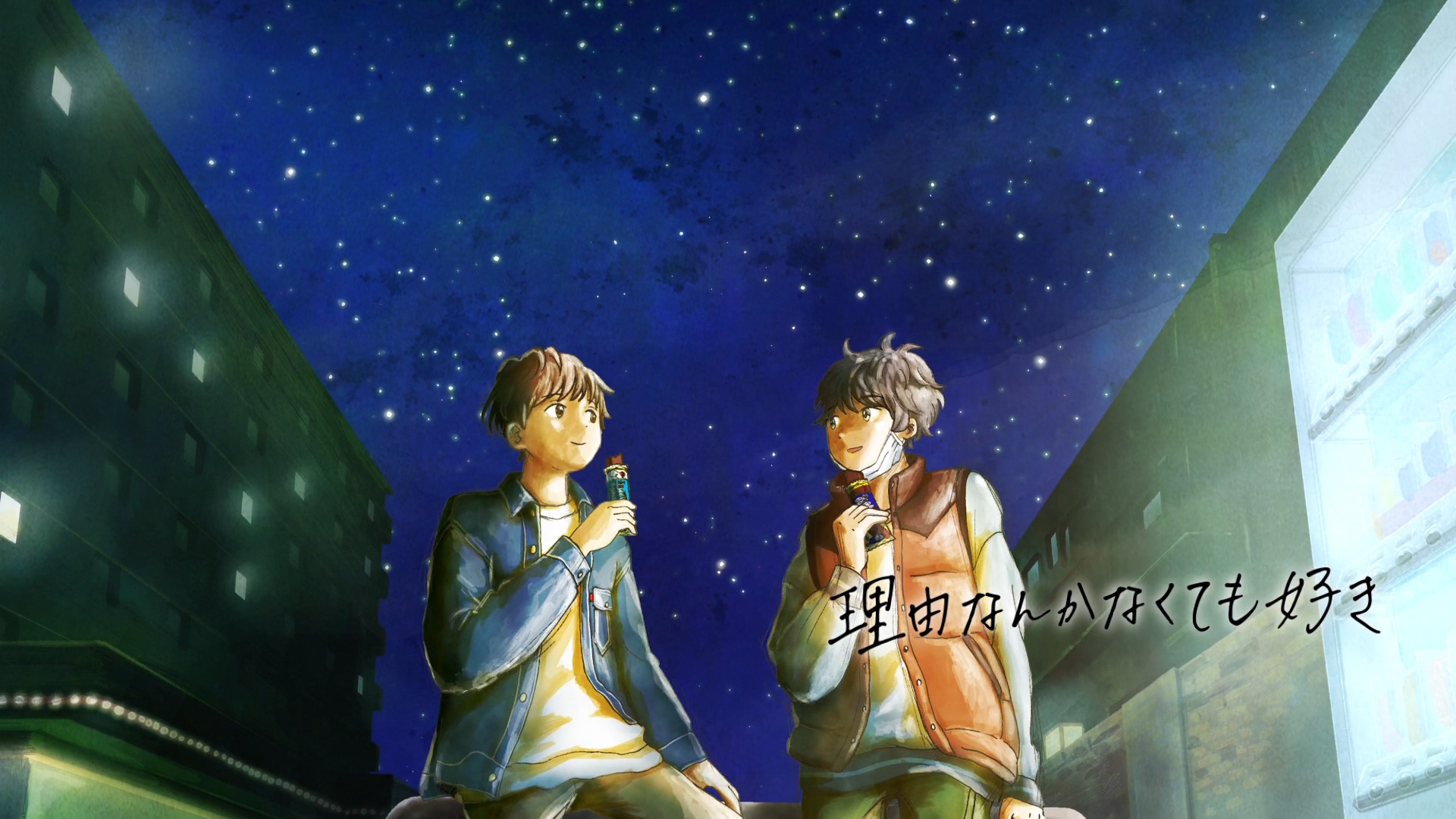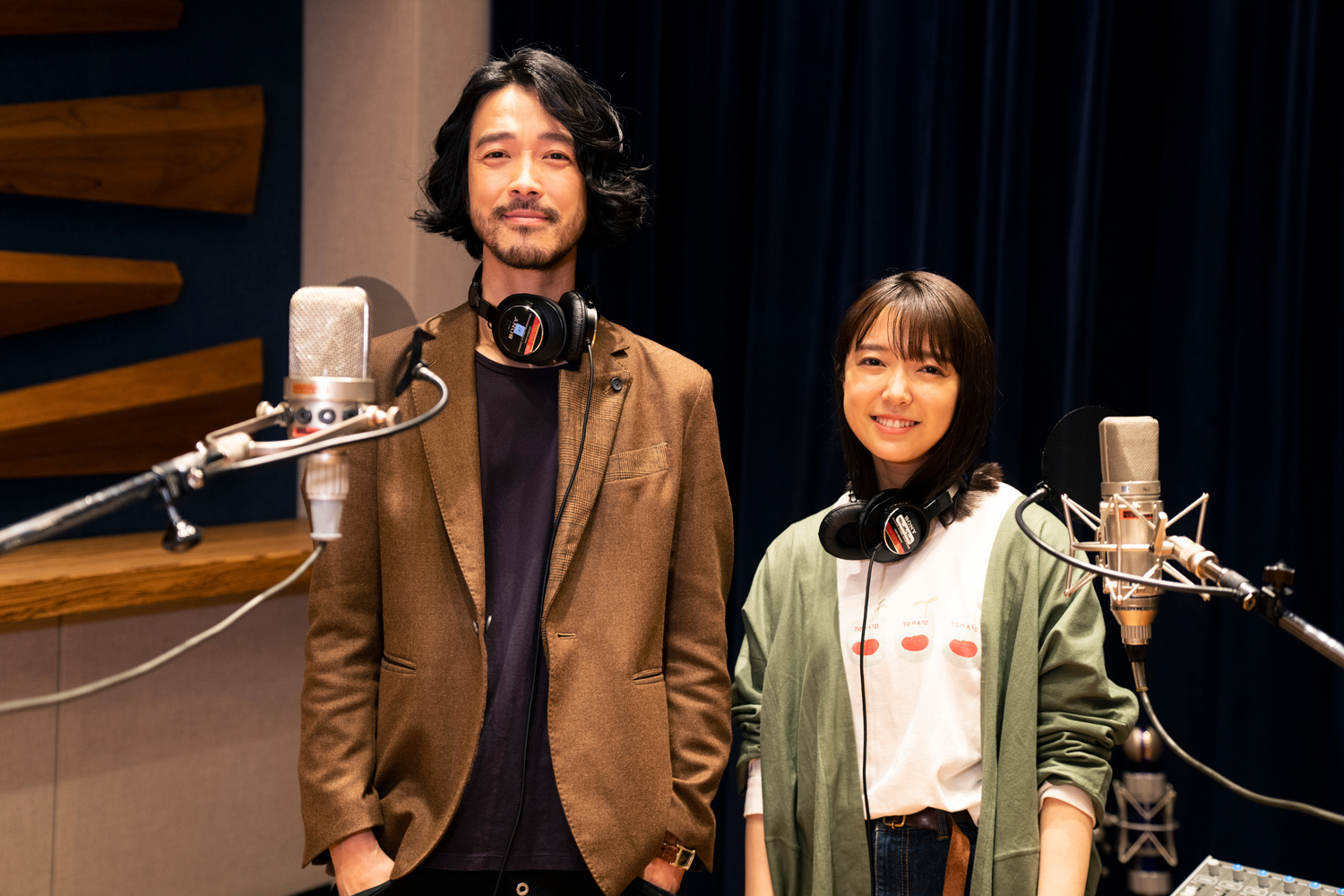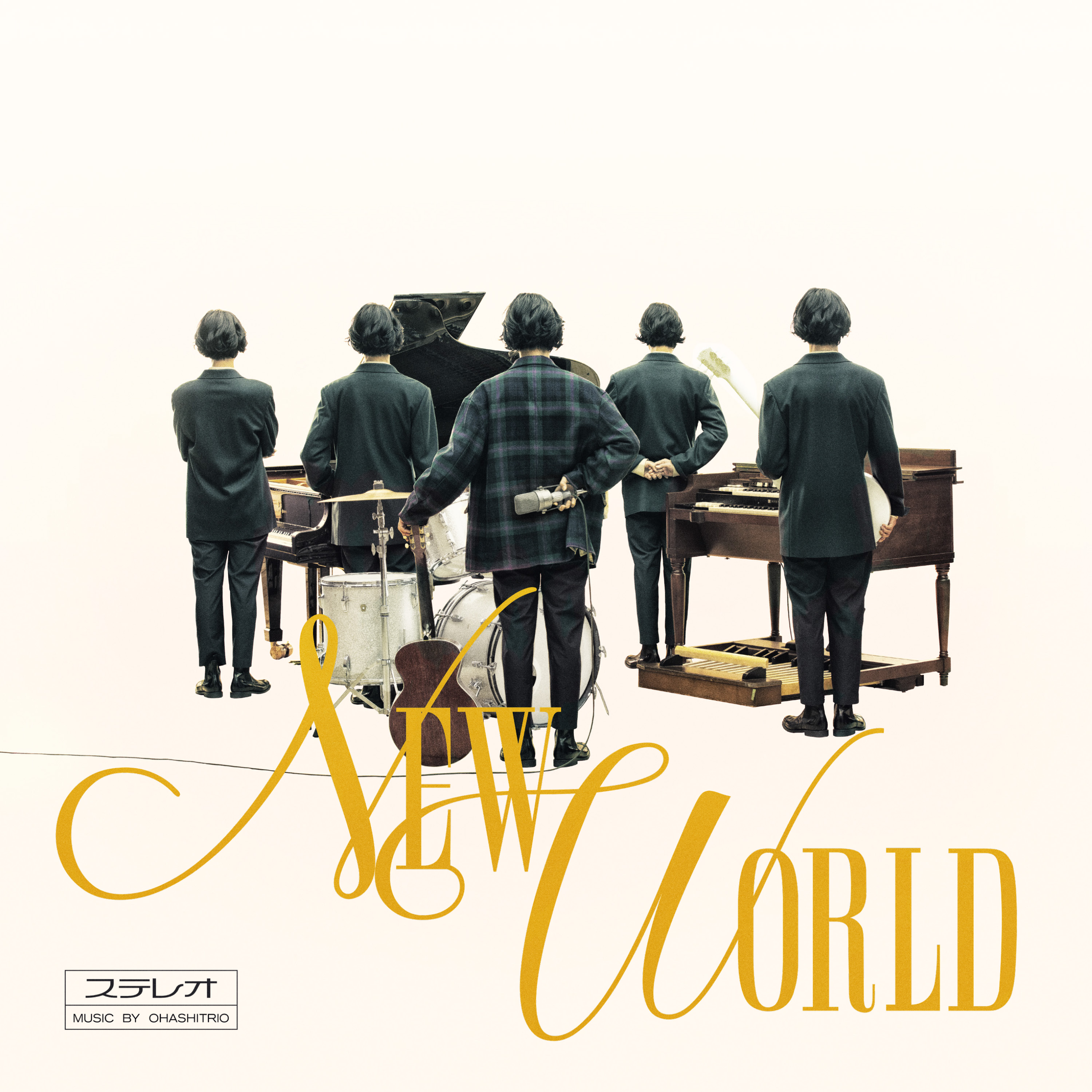GLIM SPANKY are the flagship rockers of Japanese rock, who love international rock bands such as The White Stripes, Arctic Monkeys and Alabama Shakes.
GLIM SPANKY are also known for having covered The Beatles’ “Sgt. Pepper’s Lonely Hearts Club Band” on the 50-year The Beatles anniversary cover album “Hello, Goodbye”.
The band’s track “Ikari o Kure yo” from their newest album “Next One” is featured as the main theme song in the latest film for the worldwide hit anime One Piece. This is an amazing opportunity for GLIM SPANKY to gain recognition around the globe. This interview was conducted 6 months before the release of their latest album “Next One” where we discuss with GLIM SPANKY their thoughts on the band’s music. We have also subsequently included a live report of their show at Tokyo Kinema Club on July 9th, 2016.
———————————————————————————————————————-
interview:GLIM SPANKY
———————————————————————————————————————-
――It’s been one year since the release of your first full-length album, “SUNRISE JOURNEY”. In this past year (interview conducted 6 months prior), you have also released your mini-album “Wild Side o Ike” and your EP “Hanashi o Shiyou/Jidai no Hero”, and you will soon be releasing your second full-length album “Next One” soon. Are the works you have released over the past year related in any way?
Matsuo Remi (hereinafter referred to as Matsuo): “Next One” does relate to “Wild Side o Ike”. The cover artwork, just like “Wild Side o Ike”, has a circle design, so that’s one thing, and it’s something we really wanted to convey to people.
Kamemoto Hiroki (hereinafter referred to as Kamemoto): Even the songs are relatable. We made them as they came to us. It wasn’t the kind of thing where we said “We’re going to make these songs in this year and release them in this order”.
――In an interview with you one year ago, you said that “GLIM SPANKY ride the same bus as the people around them: the fans and the staff, so it’s like everyone is living the same dream”. How is the bus situation now? Has it changed at all?
Matsuo: Our number of listeners has increased, so it feels like those people and we as a band have grown hugely. But that doesn’t mean we haven’t grown without a meaning. We have progressed together with people to question what we want to say about this generation we live in. Our comrades have increased together with us as we find that meaning, so I feel like we are advancing a good path.
――In just one year you have performed at countless festivals and had numerous tie-ups with the media. Not only that, but recognition of you is increasing, and your activities continue to expand.
Matsuo: It makes me really happy. Our once hungry souls are finally getting their feed. Our mindset hasn’t changed since the beginning, so whatever events we play at or however much our presence increases on the media, our aspirations are big and high, so I’d like to keep pushing forward even more.
――A year ago you were interviewed at lots of big festivals such as FUJI ROCK FESTIVAL. You highlighted that the music around you is the music around you, and your music is your music. Have your feelings about that changed in any way?
Kamemoto: It’s great that other bands are other bands, but the foundation for our music and way of thinking is fundamentally different from others’ styles, so even if we play together with other bands or increase our number of performances at events our feelings haven’t changed.
Matsuo: Say if a band with a similar style to us appeared and received a lot of attention. We may become interested then.
Kamemoto: If they did come about and people were like “Yeah! They are so cool and play some mean riffs!”, that might catch my attention (laughs).
Matsuo: But our vectors are different. Even if bands do something new, we don’t become worried or feel pressed. We think about fans and listeners who say “GLIM SPANKY are awesome” and wonder about how to establish a scene – without bending ourselves to a particular style. We’ve recently realised that that is what we should be thinking about.
――You also have some big news alongside you release, right? We were really surprised when it was officially announced. Congratulations on your song “Ikari wo Kure yo” becoming the main song for “ONE PIECE FILM GOLD”! Tell us about how that came about.
Matsuo: Eiichiro Oda (the author of One Piece) learnt about us from hearing our music on the radio. He then played our music to everyone during a meeting about the film, and they were saying “Who is this!?”, and Eiichiro himself said “GLIM SPANKY are great!” We were then contacted by a record company. It’s an enormous project, so no matter how many times they said to us that Eiichiro supports GLIM SPANKY, they said “We’re not sure how it’s going to go so please take it with a pinch of salt”. We were also prepared for it not turning out, but the staff believed in Eiichiro’s heated enthusiasm, and it was with that that we were chosen.
――What did you both say to each other when the news came in?
Tamemoto: I was like “One Piece is huge, this is great!”, but I wasn’t going crazy like “WOO! WE DID IT!” I reacted pretty normally.
Matsuo: We weren’t able to go that far with our reactions. It was more like, “So it begins here”. What I was thinking was how it would be once the song starts playing in the cinemas.
Tamemoto: What we feel most passionately about is making music and people listening to and enjoying it, so when it was decided that his would happen I didn’t exactly feel a sense of accomplishment. That’s why my feelings were stronger towards creating a great song.
――The reason for the title of your album, “Next One”, is something interesting. You wrote the song as the official track for blind soccer correct, correct? You then began recording for a mini album.
Matsuo: “Next One” was always my favourite phrase since middle school, it’s something I’ve held onto ever since. Whether you win or lose, you move onto the “Next One”. At whatever time, your next move is to make your best and greatest masterpiece. Although we did write it for blind soccer, blind soccer isn’t the reason we created the song, it’s something more personal. We thought of some other titles, but when we thought “What do we want to convey?”, we felt connected to the phrase “Next One”. It came to mind because it’s the message we wish to convey at this moment in time, and that’s why we chose it as the title.
――Matsuo, in the past you have said “It’s the greatest thing if people can feel that you really love rock music from your sound”. Are there any songs on the album “Next One” where you can really feel a sense of “rock”?
Matsuo: Rock is the main principle of all of the songs, so I can’t point out any in particular… But in our song “grand port” we use a lot of EDM. We challenged ourselves to use not electronic kind of stuff, but raw sound, in order to amplify the rhythm. Bands like The Black Keys do the same thing. People might feel that it’s kind of antithesis depending on whether they support the use of it or not, and others might respect us for trying it out. But there might also be people that feel the music strings together well. I think being able to elicit different kinds of responses is fun. Also, “grand port” displays the GLIM SPANKY use of four-on-the-floor, so I think that’s an interesting point about our album.
――It’s becoming common for rock to use four-on-the-floor, but you’ve given it your own sound, right?
Matsuo: That’s right. Our sound doesn’t bend to the norm at all. For example, there’s different things being said about bands who use four-on-the-floor these days, but in all honesty, even though it’s normal overseas, why is it becoming a topic for discussion that rock bands in Japan are using it? Me and Kame have spoken about it before, and we came to the conclusion that there’s the common idea that Japan gets and does things first. If we were to use the kind of four-on-the-floor where we drop the BPM to a middle tempo, then it would sound quite Western, but upping the tempo bit by bit is Japanese. Japanese bands nowadays aren’t using four-on-the-floor. Their characteristic is in increasing speed of the music. So we made our own GLIM SPANKY version of four-on-the-floor and went for a middle tempo. I think our songs on the album like “Iza Mexico e” don’t follow the kind of four-on-the-floor uses nowadays.
――I heard “grand port” as a kind of poetry. I felt “they’re aiming high!”
Matsuo: I wrote the lyrics during a tour when we were on a ferry for the first time. We were on a 10-hour plus journey to Hokkdaido, but it turns out we were headed for the wrong place. That was a big experience for me, and as soon as we arrived in our room at the hotel in Hokkaido, I painted in my mind the image of going to an uncivilized region by boat, and continued to pour my honest feelings into writing the song. I wrote the lyrics as they came to me.
――Kamemoto, in the past you talked about “Next One” as having “songs from the past and songs born in different forms”. Are there any memorable ones in particular included?
Kamemoto: All of them (laughs)! I was listening to the album a bit yesterday, and I personally like “Iza Mexico e” and “Ikari o Kure yo”. I originally thought that it was difficult to apply Japanese lyrics to the melody and tune, but the verses go well together with them. For example, there’s a lot more ballads and pop written onto the rock on the album. I always used to think that it was hard to make Japanese lyrics fit with the sound of rock riffs, but I feel that we were able to achieve it.
Matsuo: Bands such as The Black Keys and The White Stripes don’t just play around with lyrics and put it on top of the guitar riffs. I think it’s quite hard to really tie together lyrics in Japanese with the riffs. I don’t know a lot of Japanese artists who can do that, so I’m challenging myself in that.
Kamemoto: In “Ikari wo Kure yo”, the chord progression stays the same from the intro, to the first verse and into the chorus. But even so, it’s very much the chorus of a Japanese song. I feel that it’s something only GLIM SPANKY can do, so I am very satisfied with the results.
Matsuo: I do have a little bit of hesitation with the chorus of “Ikari wo Kure yo”. From the One Piece side of things, our hope is not at all to make people think our lyrics and such are really cool. The only thing we want to say that is “We want to change One Piece, so here’s a song you wouldn’t normally find in the series. If you want to think GLIM SPANKY is cool, that’s cool with us. Is this kind of rock okay to be playing on TV while people have their tea? Please think of it like that.” In the first place, the reason GLIM SPANKY were picked is because we interpret 60s~80s rock, and because Eiichiro likes rock and listened to us. We want to create an early kind of rock that can be listened to during tea time, without watering down that former reason. We didn’t do this to simply produce a song.
Kamemoto: It’s not that we didn’t have hopes, rather it was just more difficult than we thought (laughs).
Matsuo: It’s absurd to try and put Japanese lyrics in Western-style rock. But even so, you have to, so although Japanese lyrics are included on top of the melody, if you were to remove them you would have a completely Western-style melody, so we made the album that that in mind. Also, although it’s the theme song for the One Piece movie, we were told “We don’t want this to be seen as a tie-up at all. It’s a collision between One Piece and GLIM SPANKY. Give us some hard rock!” It felt good.
――For “Ikari wo Kure yo”, you had Junji Ishiwatari and Seiji Kameda as your producers, who have worked together with you up to now. What kind of exchange did you all have?
Matsuo: Junji would ask things like “How many songs do you have already?” and I’d say“I want to think about this, and I want to sing these kind of lyrics”, to which he’d respond “What if you said it like this?”
――He was giving suggestions.
Matsuo: That’s right. It’s nice that he understood me from the get-go (laughs). Eiichiro was involved with whole entire project, so I prepared myself and thought that it can’t be helped if there are some lags here and there. In the end, the song was put before the start of the film. There were parts where it was hard doing it alone too, so I voiced myself to Junji with regard to the lyrics and to Seiji about the sound. They are very used to getting things done quickly, they are very professional.
――It seems they really understood you both.
Kamemoto: Right now, Ishiwatari and Kameda are involved with the lead song with us, but no matter how much I think about it, it’s a scary thought thinking that other people could have produced the main theme for “One Piece”.
Matsuo: We’ve may have yet to meet our fate. Most of the songs on “Next One” and self-produced. It was a lot of fun.
――Is it the same feeling you had like with your lyrics in“grand port”?
Matsuo: We do the things we want to do. “You have to have a producer”. I don’t think that now. If there’s a required person during a required time, then it’s great if you can go ahead and do it together. It was the same last time, but “Next One” was made possible through various methods and people, and how we digest that from now will be our victory or defeat. That’s what has been so much fun.
――Your song “Yami ni Me wo Koraseba” has a similar kind of sound to your previous work, especially the element of blues. We felt that it’s a great development of your sound. Please tell us any secret or untold stories from when you wrote it.
Matsuo: We came up with the song from Kanae Minato’s film “Shojo”. It’s quite a dark work, but the director Yukiko Mishima actually likes GLIM SPANKY. We received the offer from her to write a song that presents the same world as in her movie, and so we wrote the song “NIGHT LAN DOT”, which is featured on “Next One”, together. To me, “NIGHT LAN DOT” lies within the world of fantasy literature. Completely submerged in that world, the image it gives is of singing verses, not lyrics. I think it’s our most triumphant image. We received permission to use art from the etching works of Max Ernst, and while those images came to our mind as we wrote the song, it felt much more like an artistic piece of work than the usual songwriting. Even the sound, which has to it something like a fantastical breakaway from the normal world during the middle of the night. It’s dirty and psychedelic. For the sound of the drums, we used one drum and built up the sound by hitting it twice to give it a myserious feel. In the lyrics, the phrase “hoshi ga ochiru” (translation: the stars are falling) is used, and the chords in the music give the feeling of using a painting tool. It’s kind of avant-garde. We were really into it, weren’t we?
――At the end of June, you did a cover of “Sgt. Pepper’s Lonely Hearts Club Band” for the 50-year anniversary cover album for The Beatles.
Kameda: We picked our favourite song, but people suggested for us to do songs like “Let It Be”. But even so, we wanted to do “Dear Prudence”. People said we were too young, but they still played it (laughs). We received a lot of opinions from various people.
Matsuo: We received various suggestions, but deep in our hearts we really love The Beatles, and we love every song, so we just couldn’t have an answer… Seeing that, the staff just said “Just pick your favourite song!” (laughs). So we said “Right, we’ll do Sgt. Pepper’s Lonely Hearts Club Band!” It’s the song from The Beatles I have listened to the most.
Kameda: Though I like “White”! (laughs)
――Please tell us about your one-man live tour “Velvet Theater 2016” at the Tokyo Kinema Club (hereinafter referred to as “Kinema”) on July 9th.
Kameda: You can really hear the atmosphere of the venue at Kinema. As a musician, I want to be able to hear every sound. I don’t want it to be explosive, I want it to be different from other events so that the sound comes our clearly and can be heard easily.
Matsuo: It’s the “GLIM” of GLIM SPANKY. Magic is the main element to our live shows. It might not be a crazy, full-on show, but we will betwitch people with our imaginary world that is like a painting. The moment the music starts, within that atmosphere, I want to create a show that wraps people up in a night of fantasy.
――You’re both steadily advancing forward. Please tell us what’s next for GLIM SPANKY!
Matsuo: If we’re talking about the very next thing, then that would be our one-man live final show for our “Next One TOUR 2016” at Shinkiba Studio Coast. I really want to up our show for that performance. From there, it would be the world hearing our song for the One Piece film, since it’s a worldwide hit anime series. After that I have a bit of work to do. I want to take a step into showing the world the meaning of rock for Japanese people. Also, this is something we’ve both spoken about, but we’ve finally come up with an answer between us about the Asian people’s strong point in regard to rock.
――Although I said it’s the end, I’m pretty interested in hearing that!
Matsuo: Rock music is an imported culture from the West, so even if Asian people mimic it, whether it’s good or bad, you can tell it’s Asian. Even so, “What kind of rock can they not do in the West?” When I thought that, what came to mind was orientalness. Orientalness is something you can only find in Asian people, right? For example, if people in the West were to imitate Asian people, like go to India and feel they are cool and adopt psychedelic rock, then our music would unite and it would be really cool. Luckily for us, we already have that orientalness the moment we are born. We can put out there something people in the West cannot, so we are establishing ourselves a Japanese kind of rock that will echo throughout the world.
Kameda: It’s because people in the West don’t speak Asian languages. Looking at it from a bigger point of view, we are earthlings. Whether it’s blues, rock or country, if people have money they can be recognized. For example, when the West make Chinese-like expressions, they mix them up with South Korea and Japan, don’t they? If you’re looking from the other side, there’s not much difference, is there? Putting all those things together, it’s good if Asian people and people in the East have their own rock identity. It’s good if it isn’t Western-like. Bjork has a lot of Orientalness in her artwork. There’s a familiarity, and there’s people in the West that think it’s beautiful. Also, we are true Asians. I like to think that even if we cross seas we are creating a positive effect.
Matsuo: A genuine oriental psychedelic rock band. We might actually get called that. We can do things Asian people can do well. It’s great and all with the Arctic Monkeys and Temples in Europe but we are yearning for some psychedelic material, and we hold the thing that is orientalness, and if we can show that well then we can show it to the world.
Kamemoto: We might just become a special existence.
Matsuo: And even more so rock. If we show that element, it’s going to get fun. And luckily, we have that music wielded.
Kamemoto・Matsuo: Because we love it.
Matsuo: We’re going into the world with a clear vision. And our only plan is to make it real.
———————————————————————————————————————-
live:GLIM SPANKY <Velvet Theater 2016>
———————————————————————————————————————-
We were wrapped up in GLIM’s night of fantasy at the Tokyo Kinema Club.
On July 9th, we headed to GLIM SPANK’s one-man live show titled “Velvet Theater 2016” (hereinafter referred to as “Velvet Theater) at the Tokyo Kinema Club. Velvet Theater displayed GLIM SPANK’s fantastical “GLIM” element in a performance that was more of a show than a concert. They received great praise in spring of last year for their show, and they return this year for a second round. We heard that tickets sold out extremely quickly, and sure enough the venue was packed to the ceiling.
Up to then, we had attended GLIM SPANK’s powerful “SPANKY” section, so our hearts were beating fast at the anticipation of what kind of world we were able to be bewitched by for their “GLIM” show. We entered the venue a little bit early and found the venue completely covered in what could only be a scene to be seen in a mysterious fantasy land during the middle of the night.
As we were plunged in the curious and charming fantasy world of GLIM SPANKY’s night, the show began.
We saw an impatience we had not seen at “SPANKY”, as we were dazzled by the musical arrangement and the sound of Kamemoto’s guitar reverberating throughout the venue. There was no MC section until the 7th song, “NIGHT LAN DOT”, as the audience were pulled into the world of “GLIM”. The set continued, with the duo playing “Yoake no Fork”, which gave the feeling of the night being slowly lifted.
After “Iza Mexico e” was “Yami ni Me wo Koraseba” from “Next One” in which 4 people played on stage, which including a cello which took everyone deeper into this world. For the song “Real Oni Gokko” at the end-stage was a sense of morning finally awakening, which made the verses and music of the final song “Otona ni Nattara” even more deep than usual.
As the encore tolled, Kamemoto shed tears as she said “We played lots of songs that we have not released yet so I was worried whether people would catch onto them or not”. Matsuo finished up with the parting words “If we weren’t having fun, it wouldn’t be fun”, and so the fans of course demanded more.
For the encore, the GLIM section also performed together with the SPANKY section for the new song “Ikari wo Kure yo”. However, this is “Velvet Thetre”. Thinking that, the very final song of the encoe was “Roruka”. Knowing that was the end of the show, the band parted reluctanctly.
From a night of fantasy into the real night. And the world that “GLIM” showed right into the morning. GLIM SPANKY create stories with their music and have the ability to capture the audience within them. I think the audience who left the venue with satisfied smiles on their faces thought the same thing. Now we wait for their next one-man live in great anticipation. That’s the kind of bewitching show that “Velvet Theatre”.


